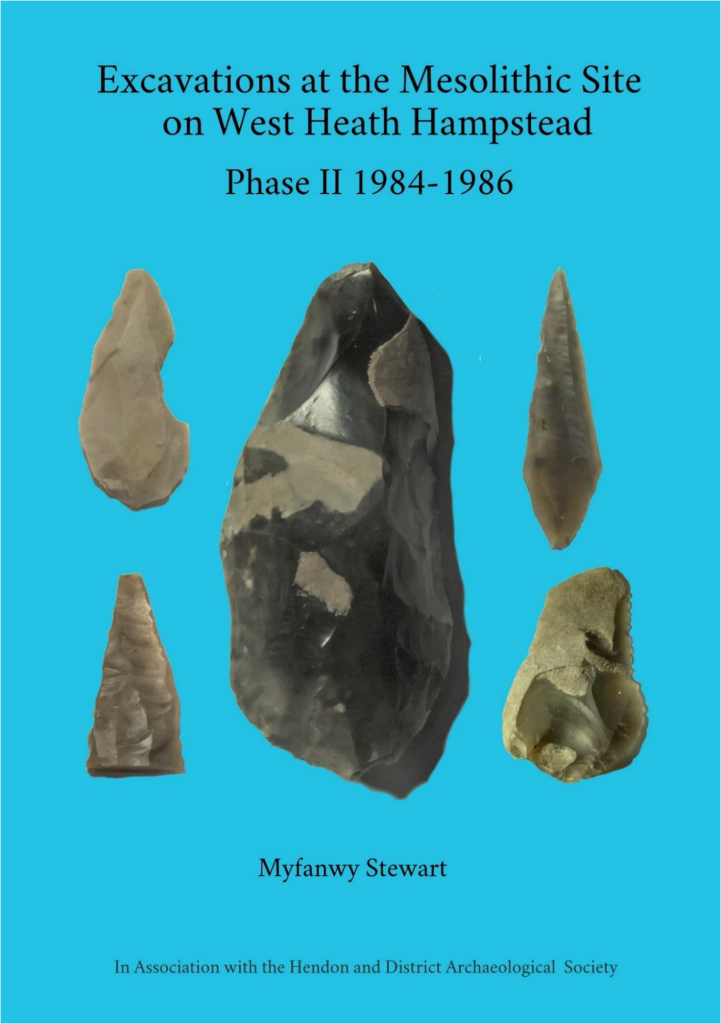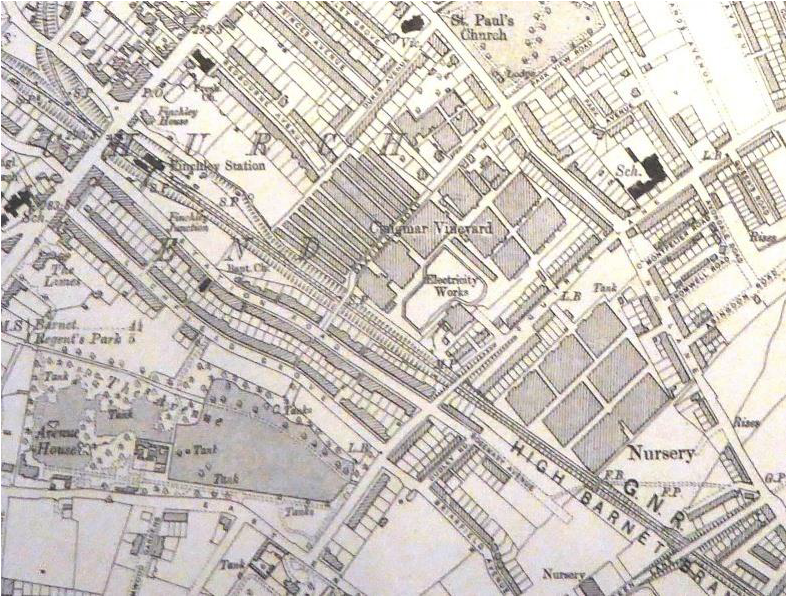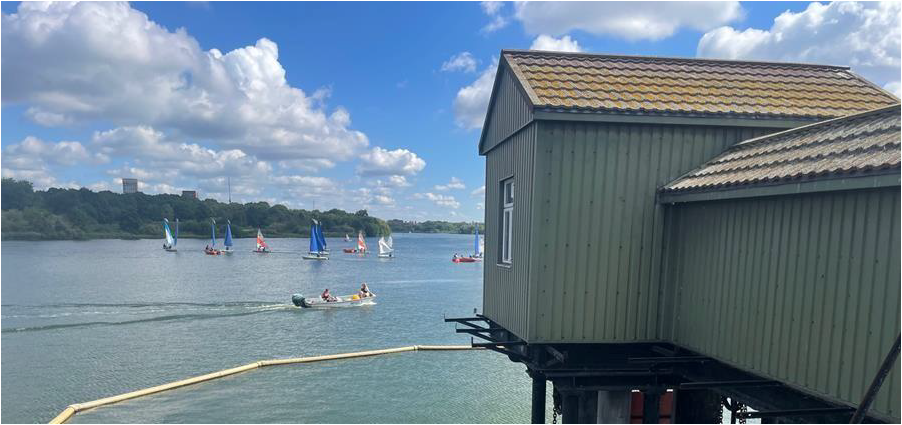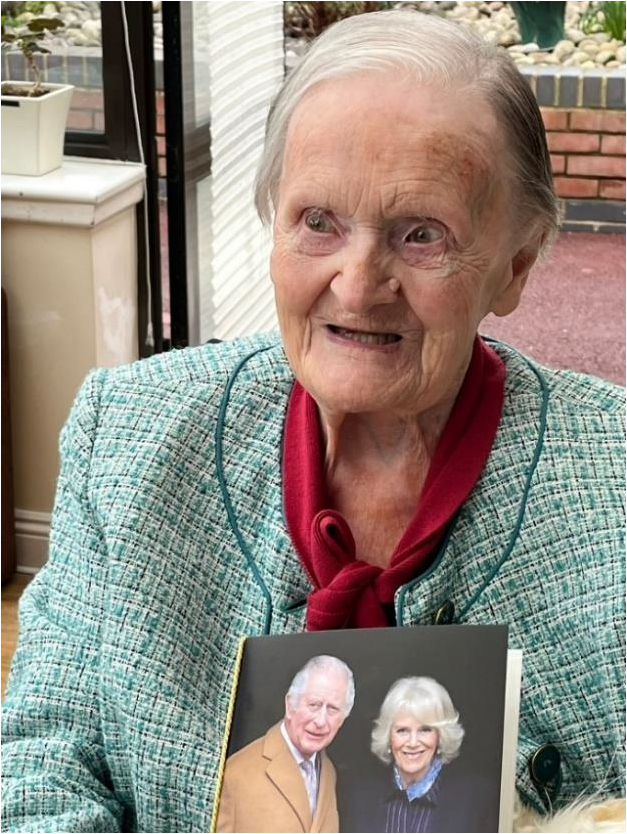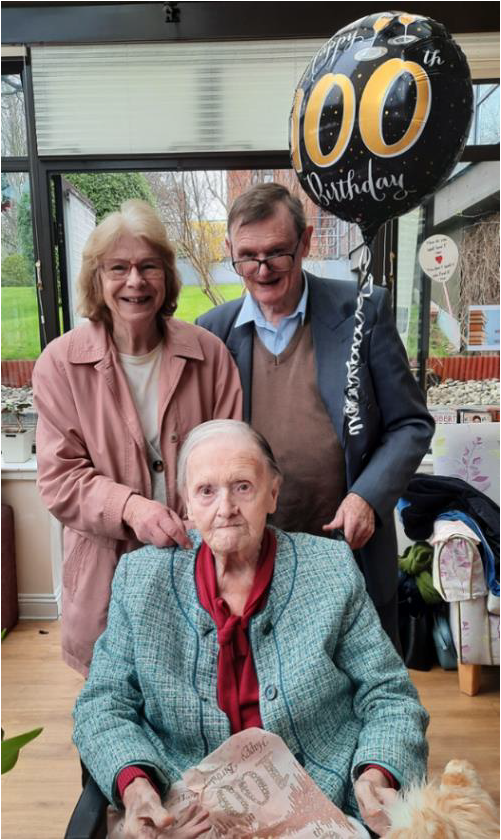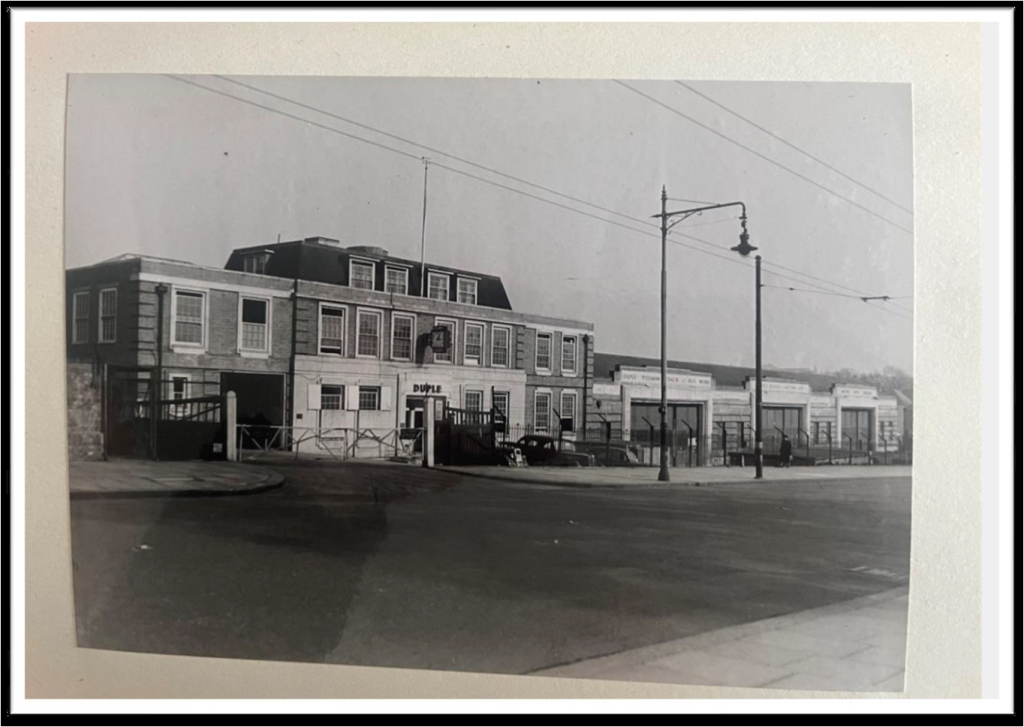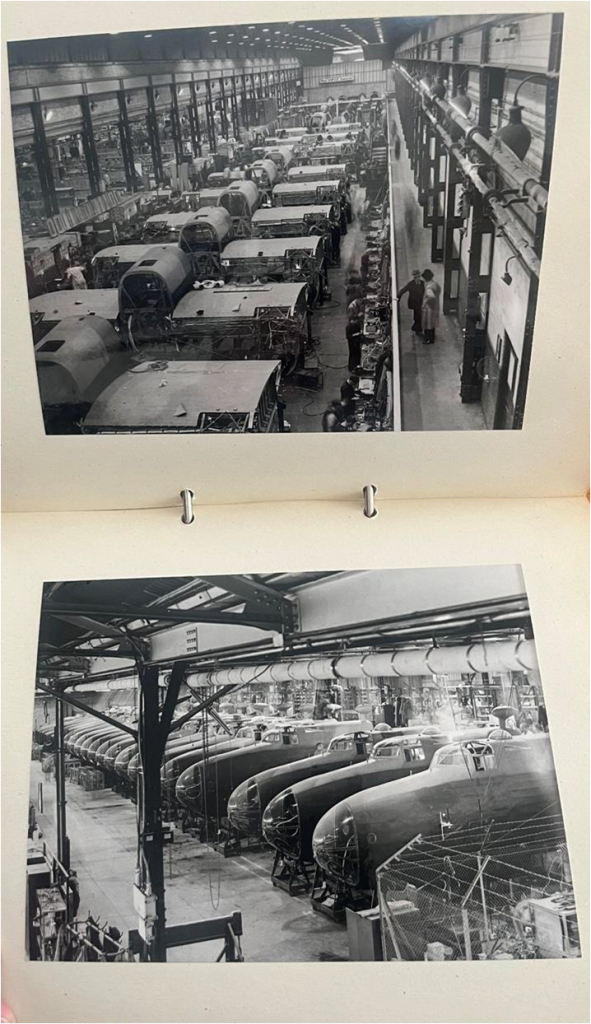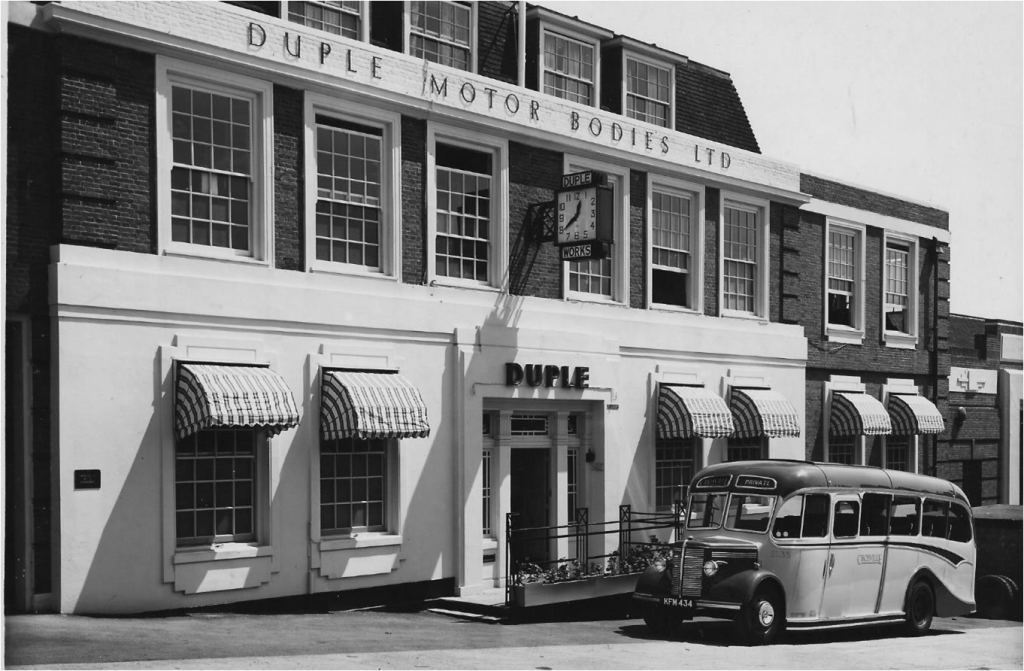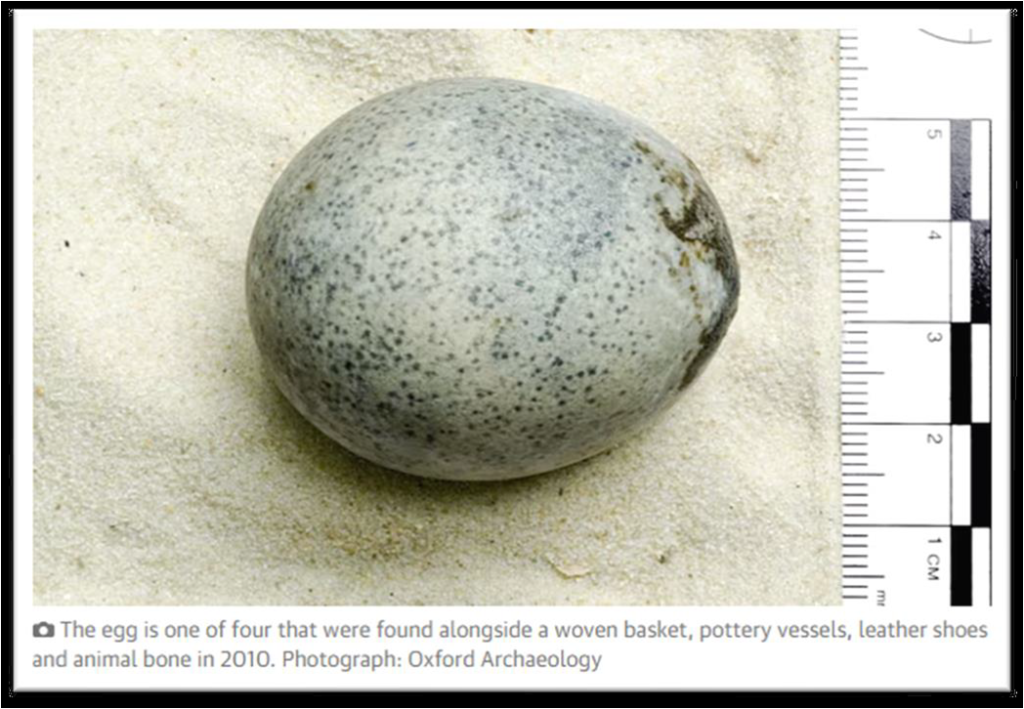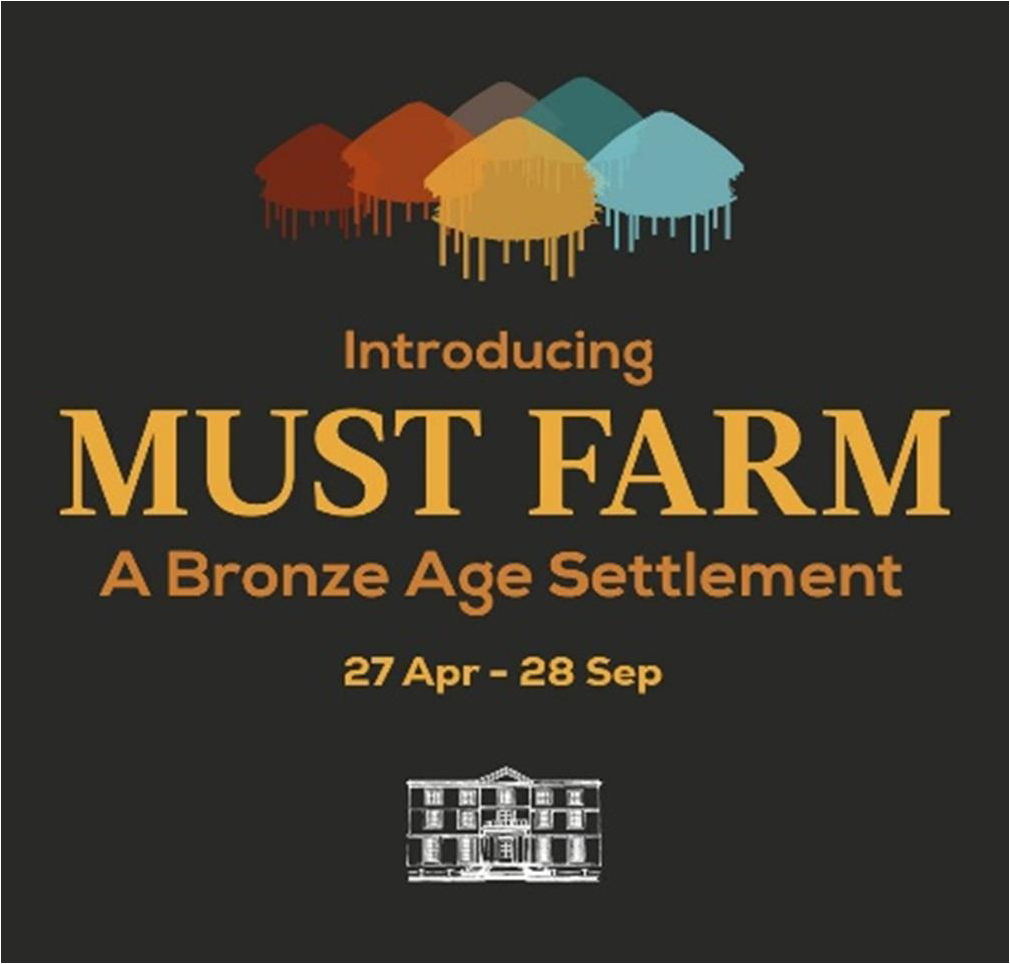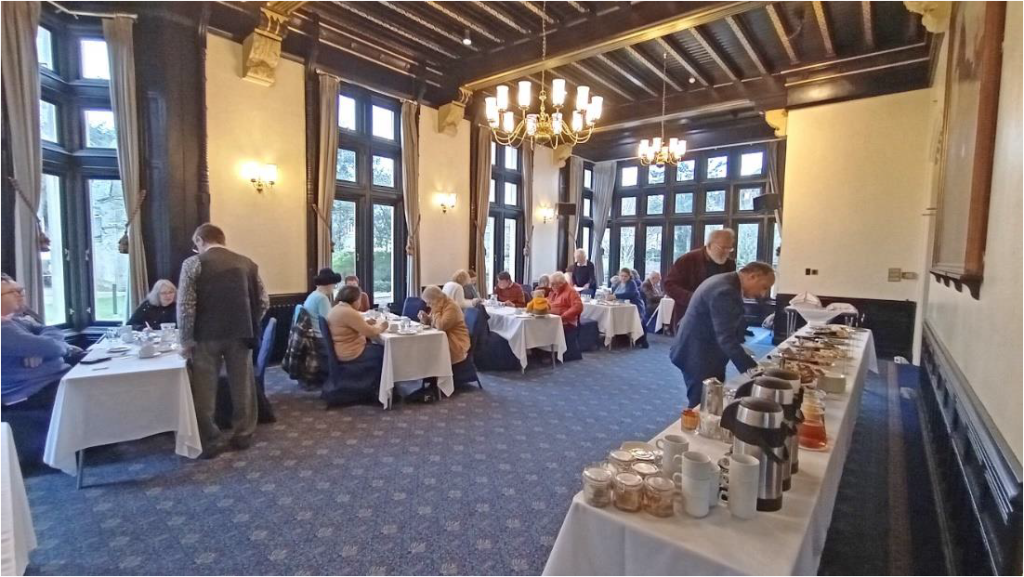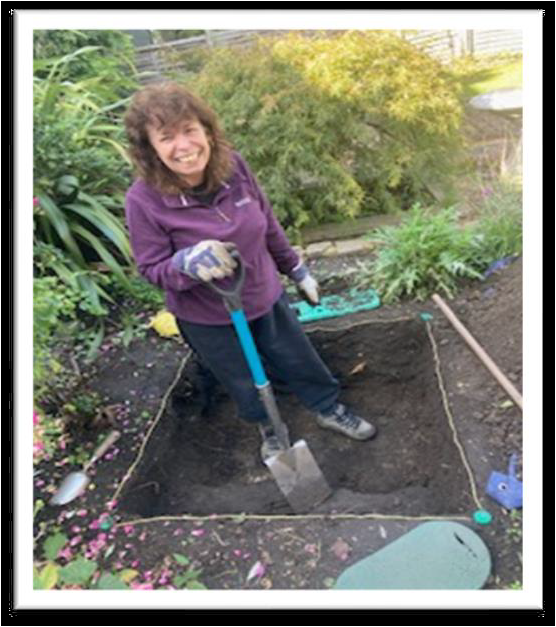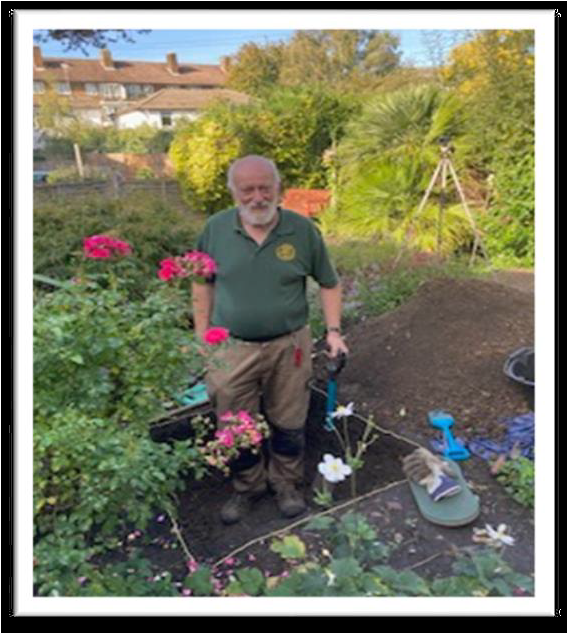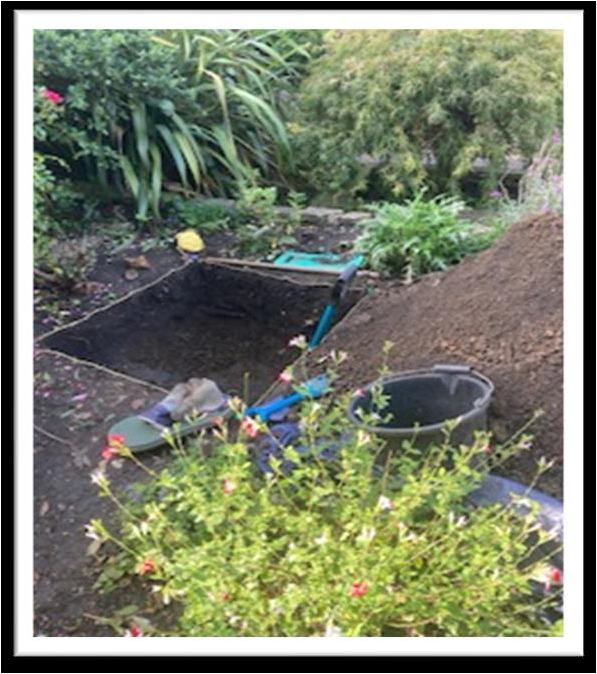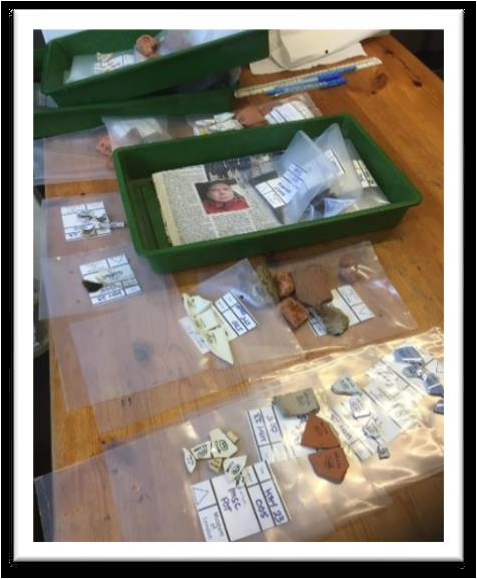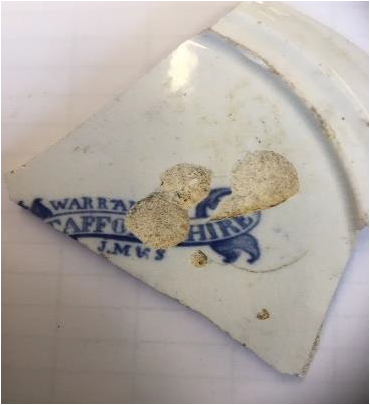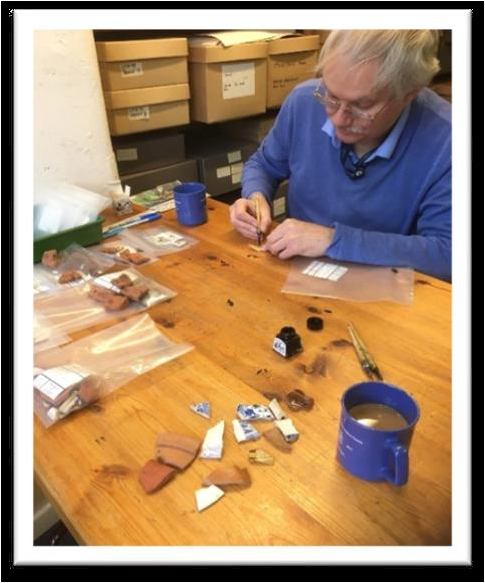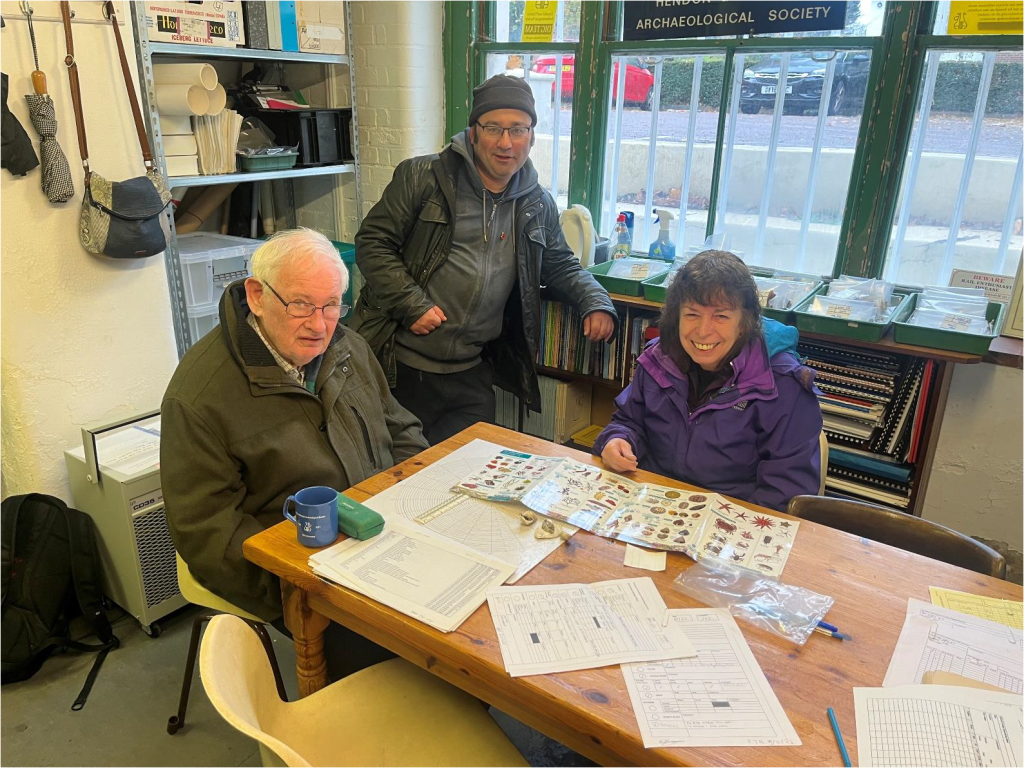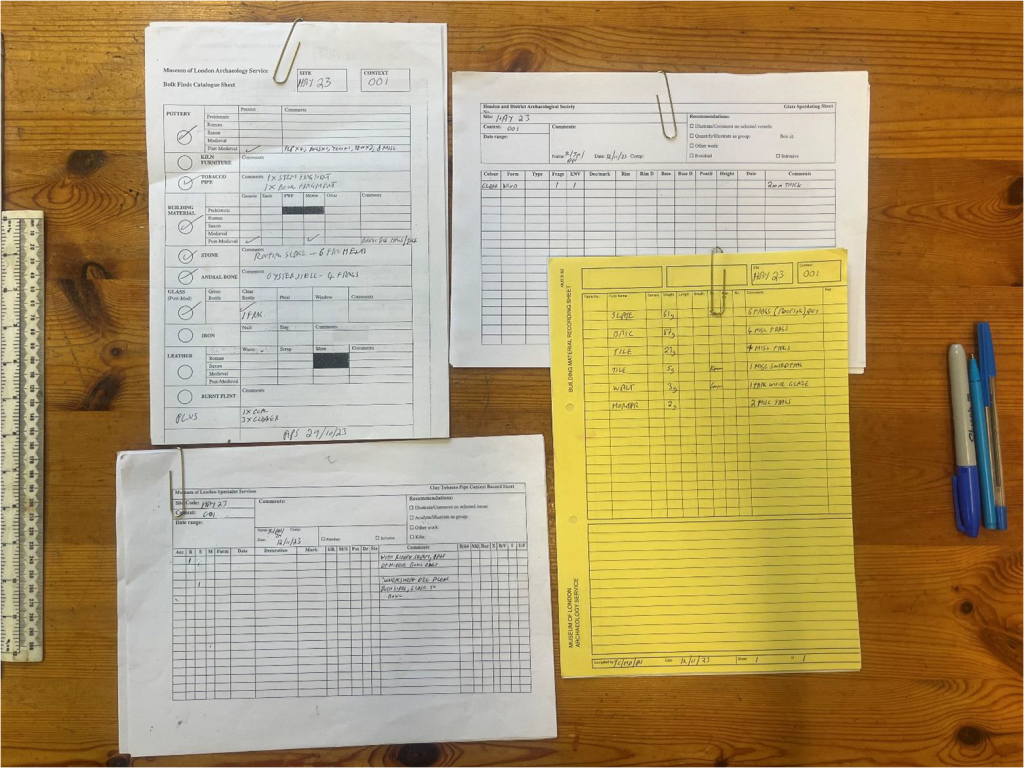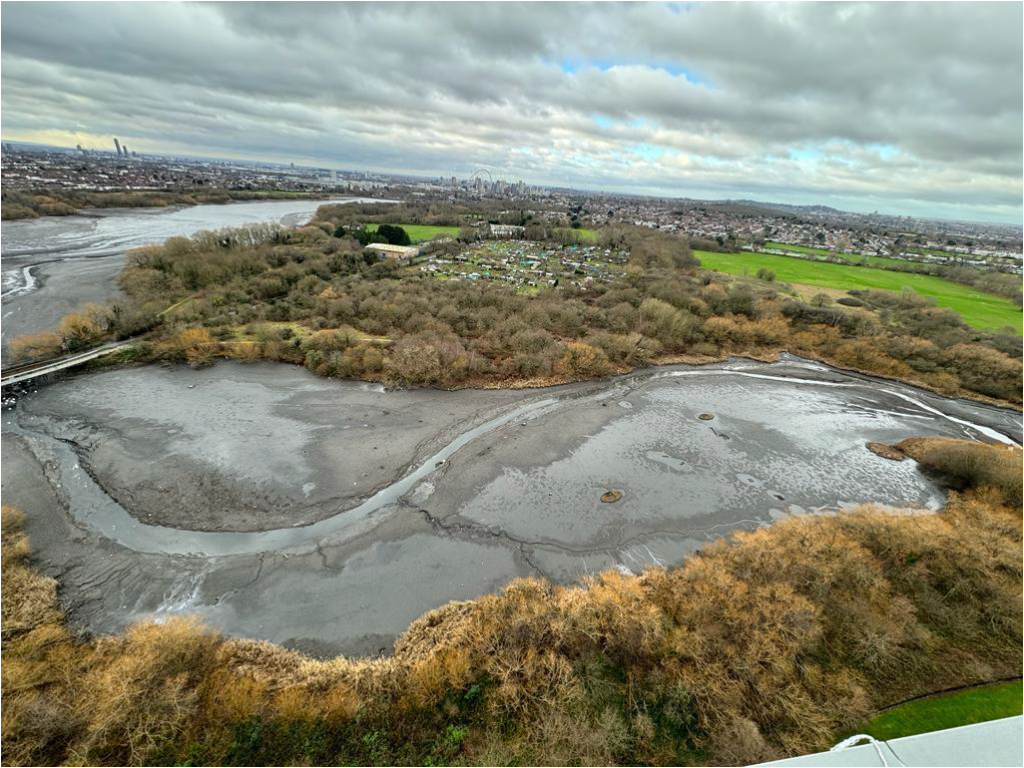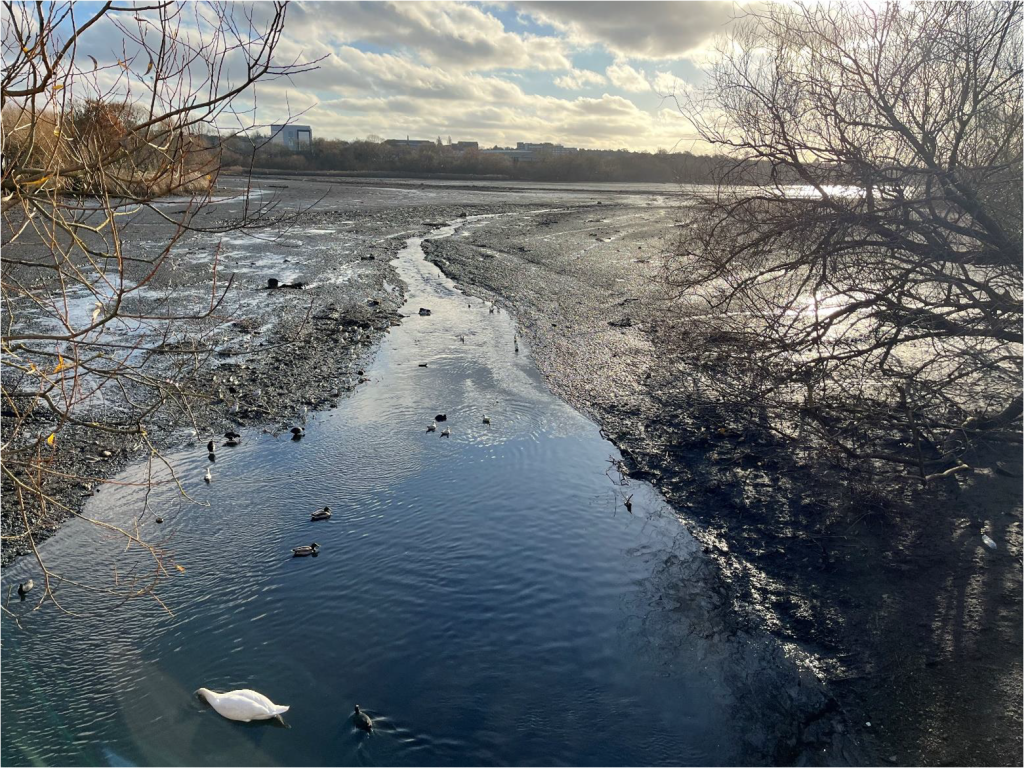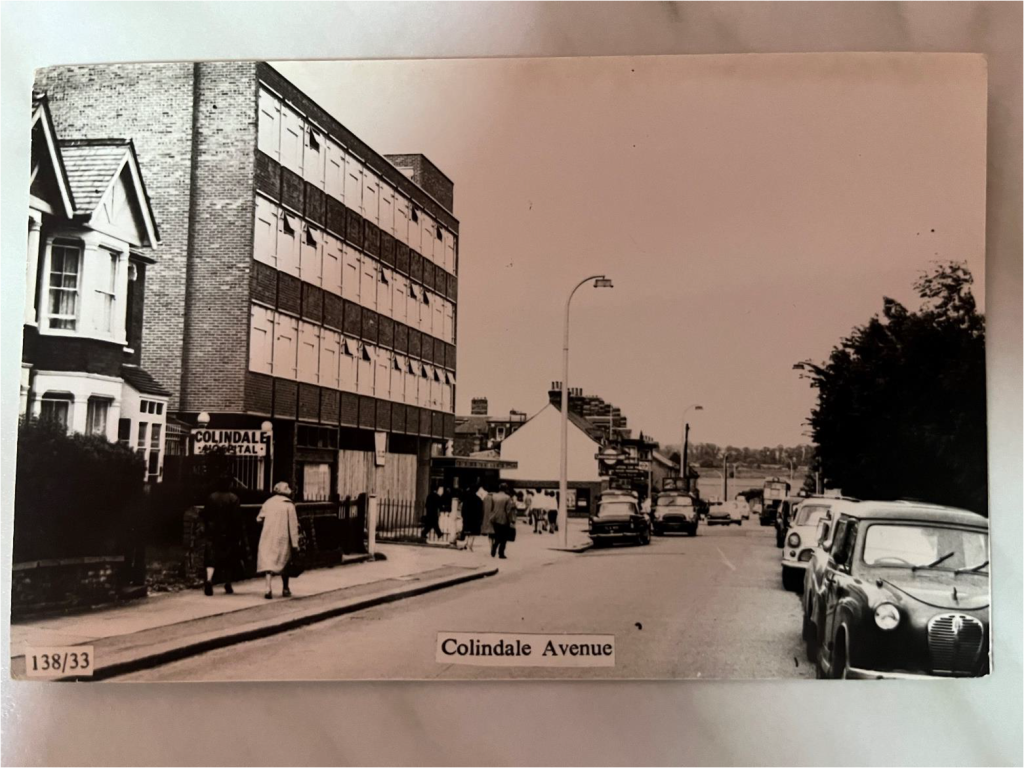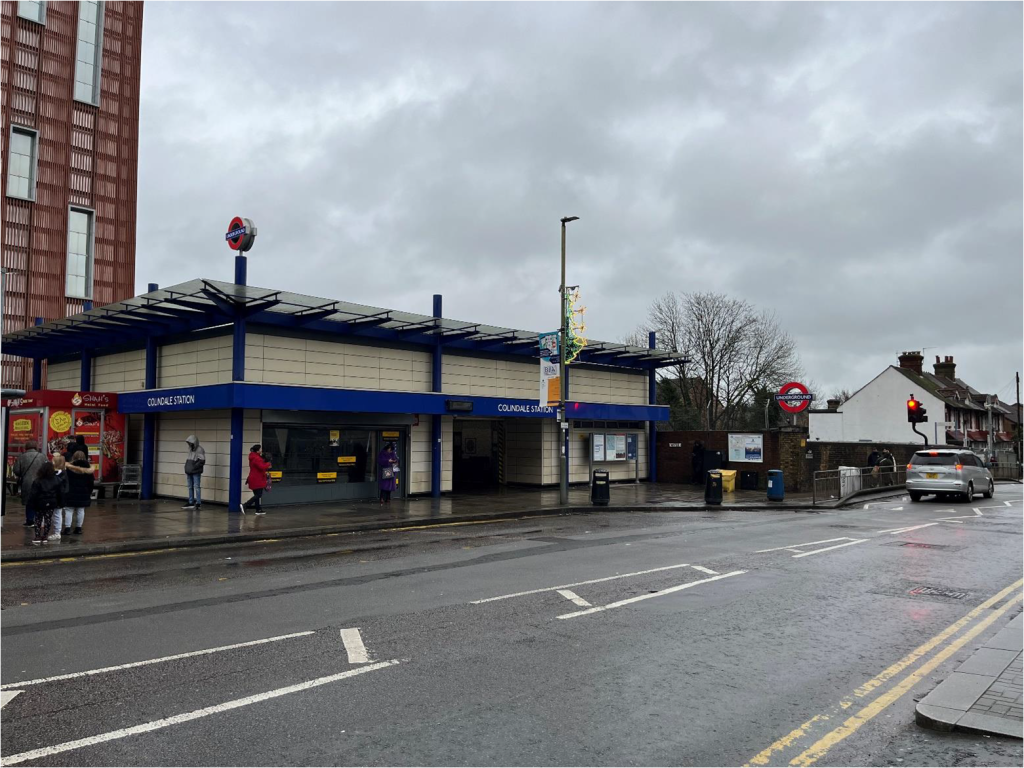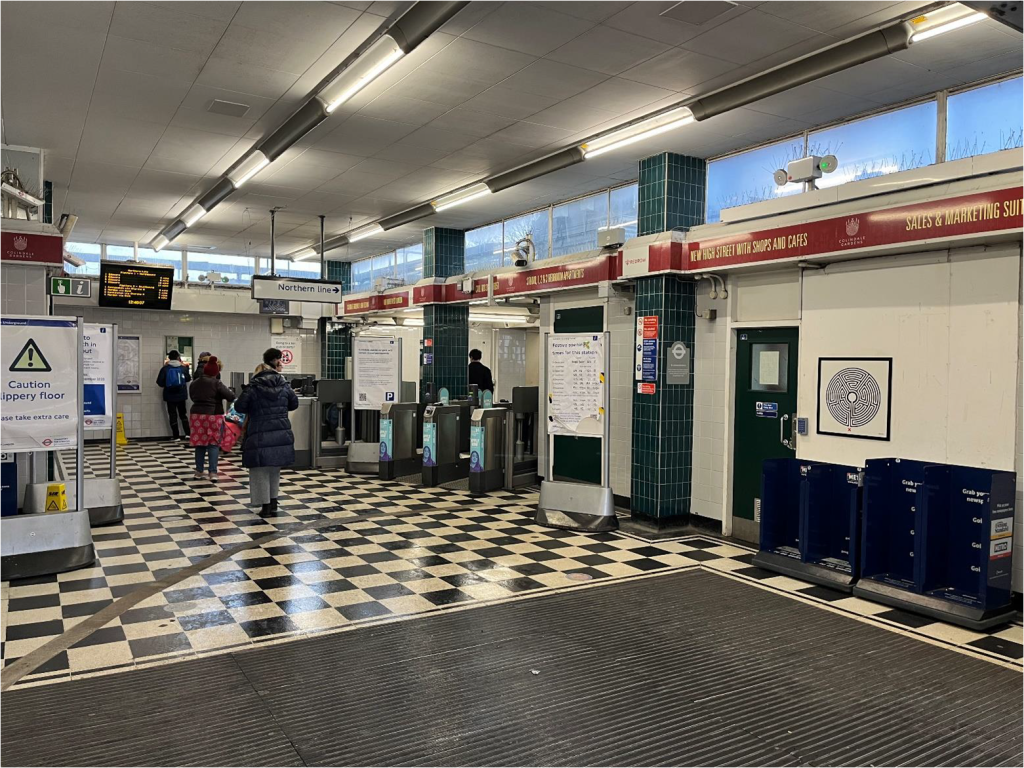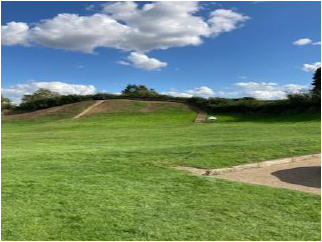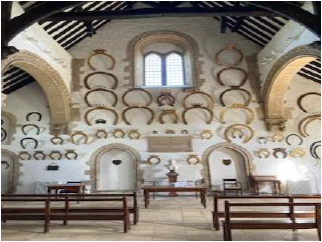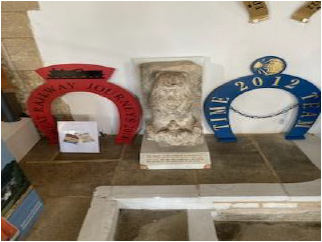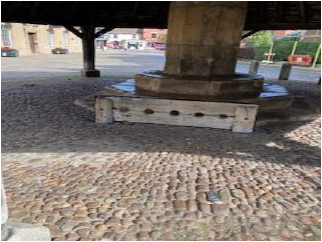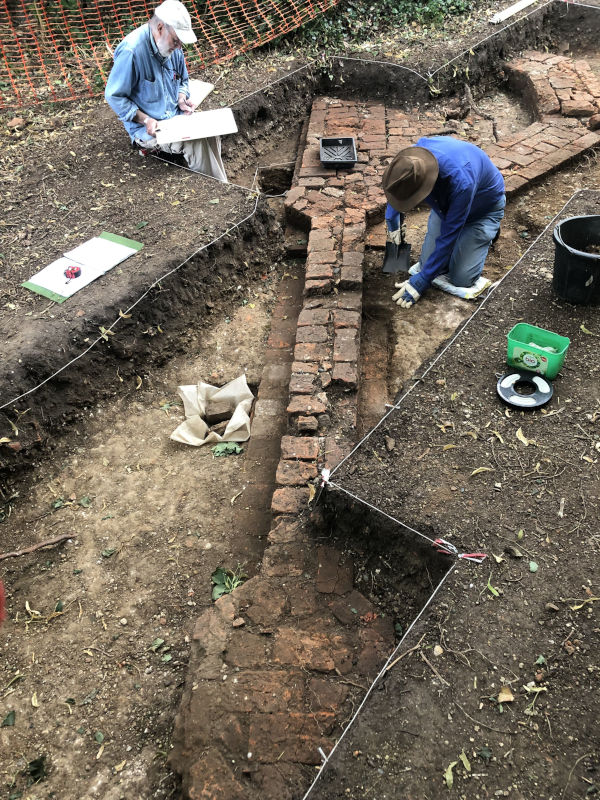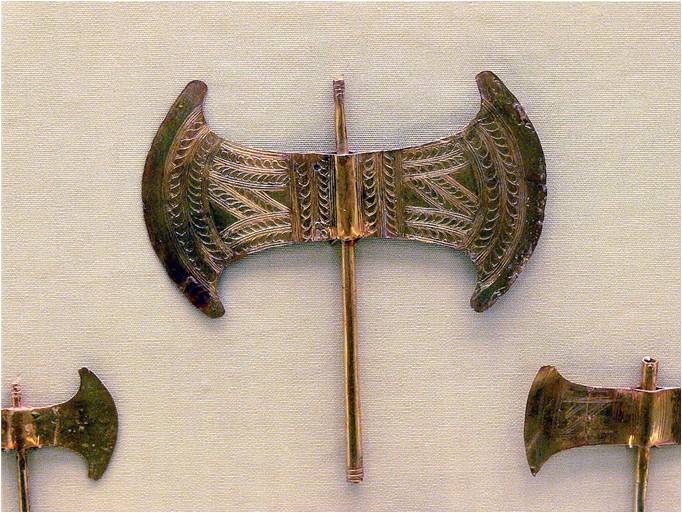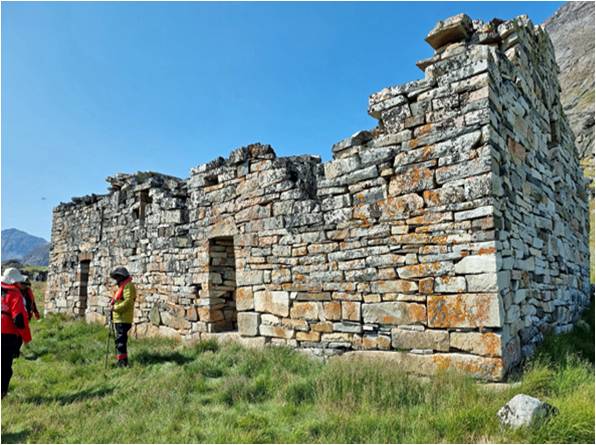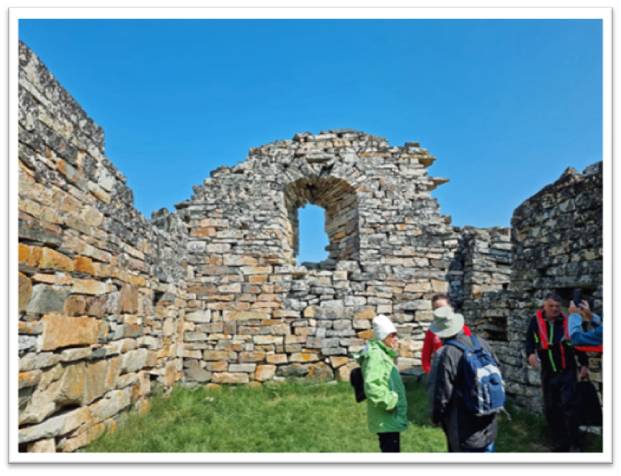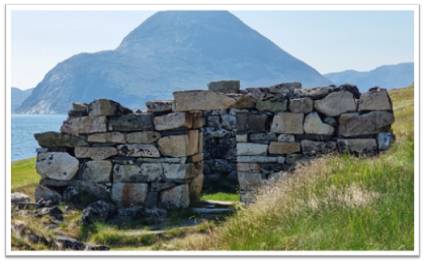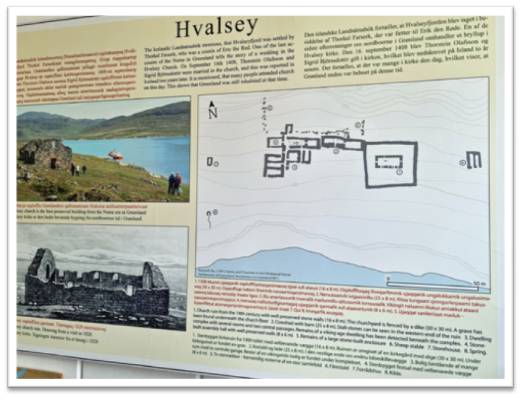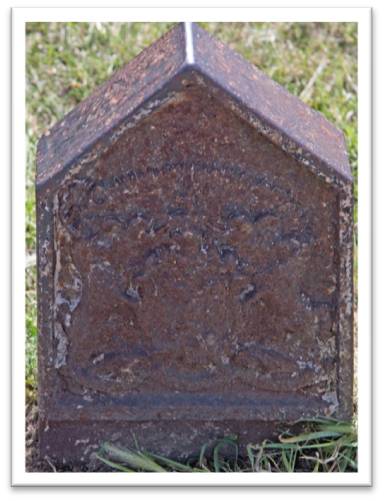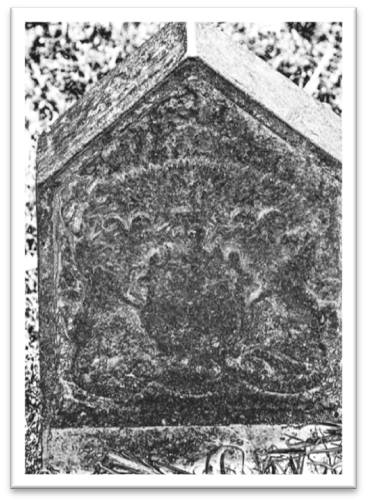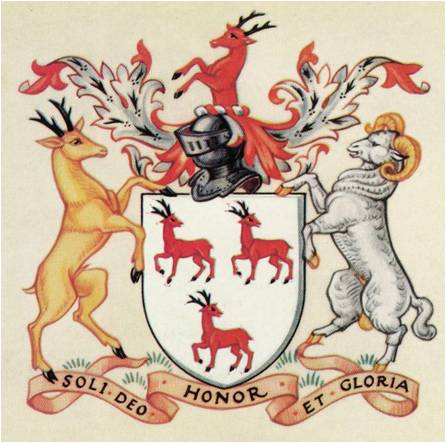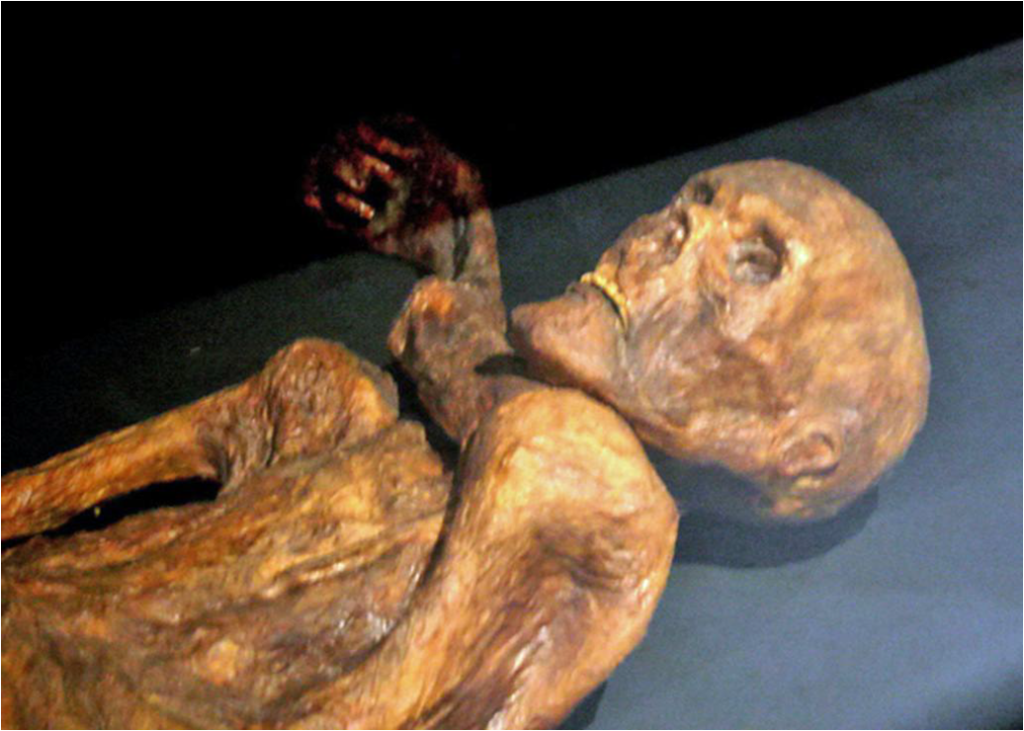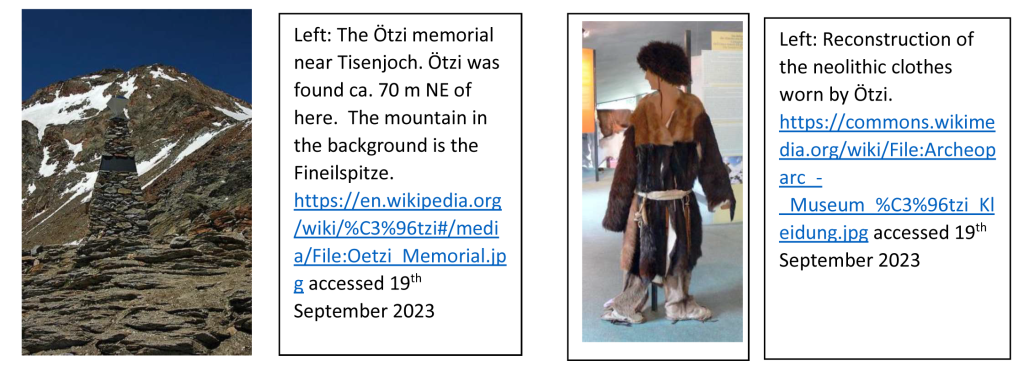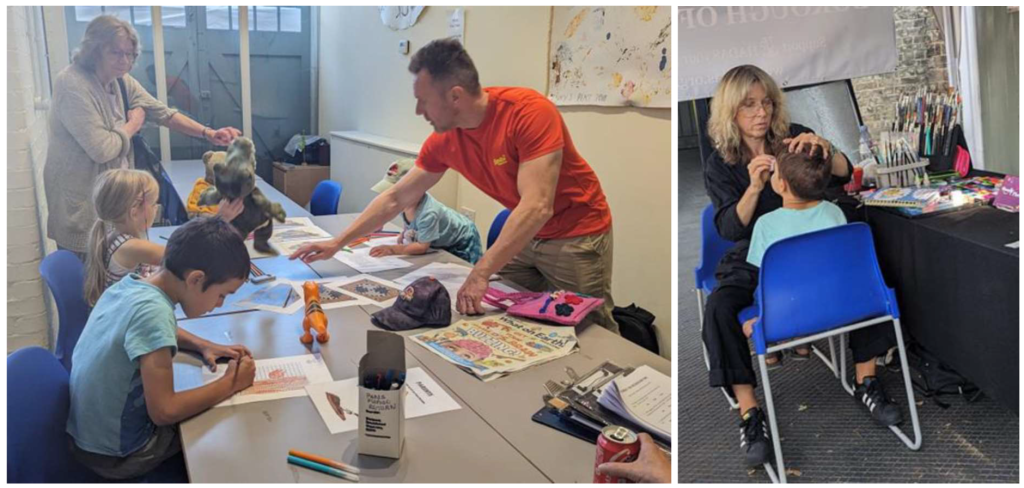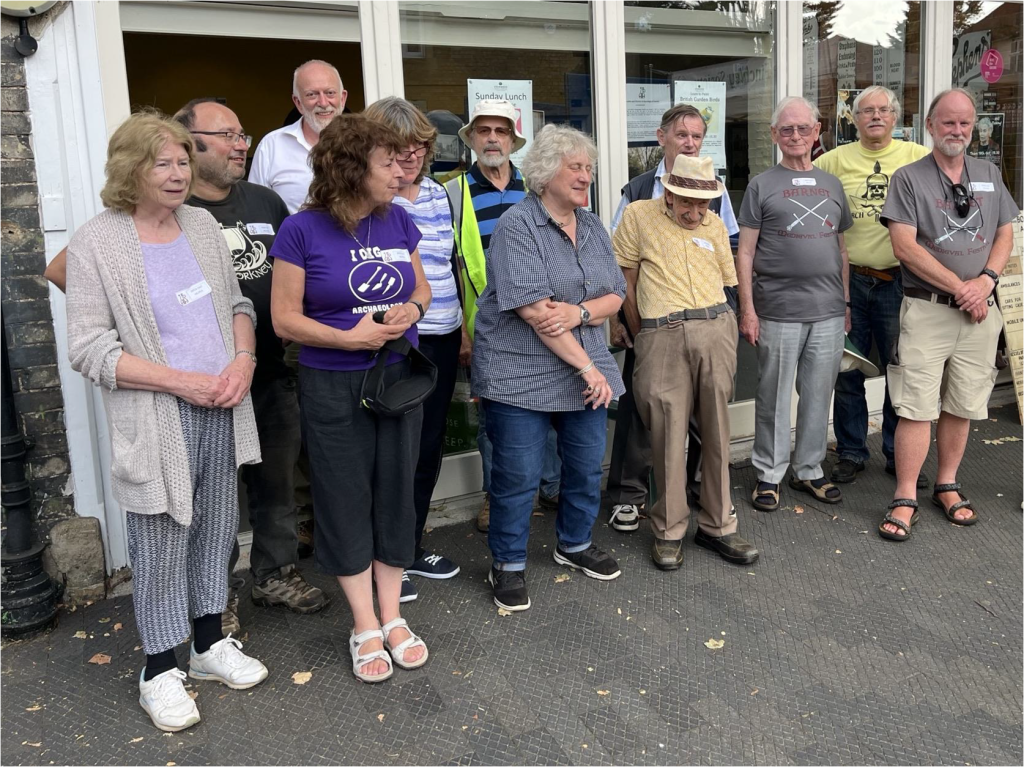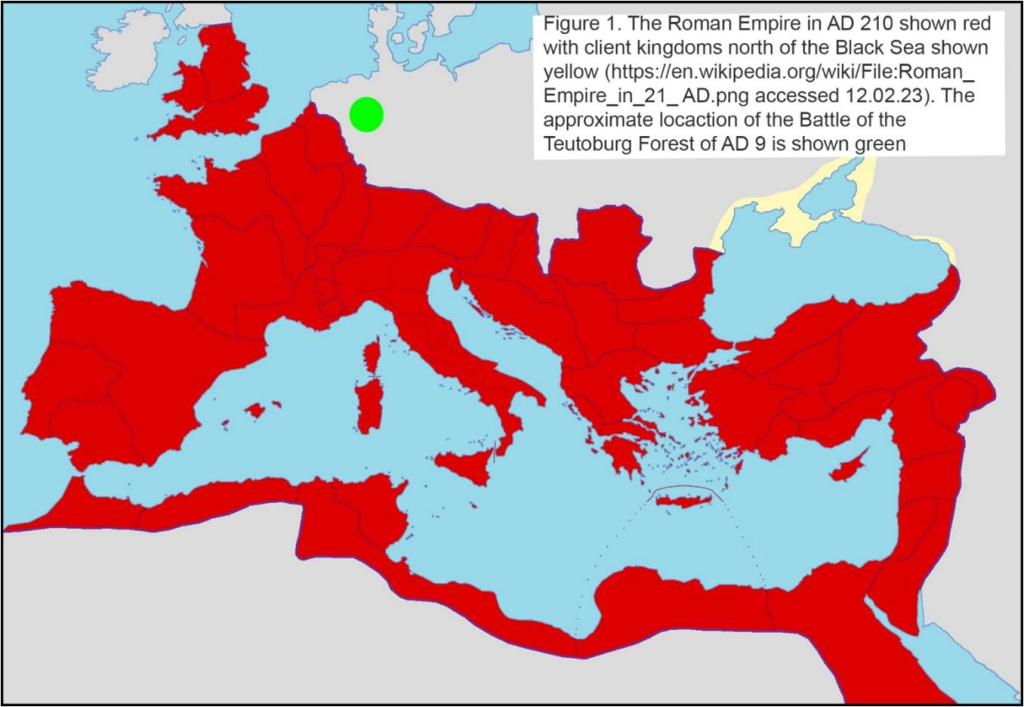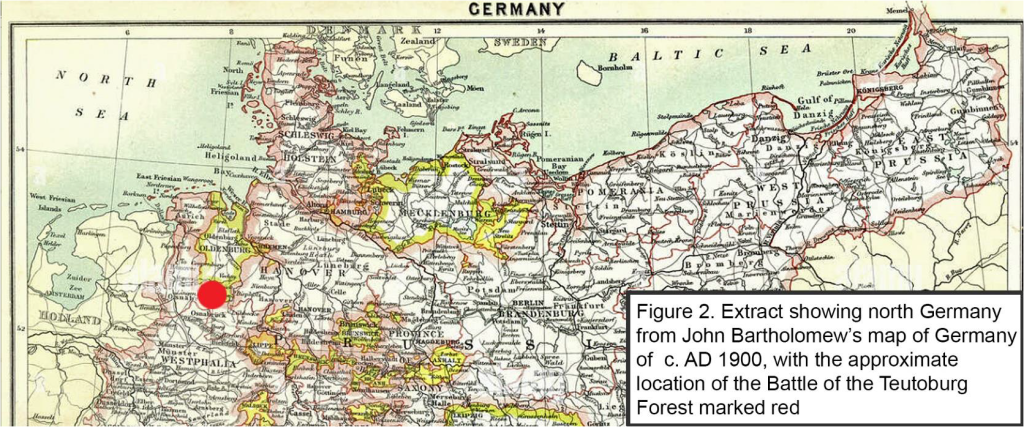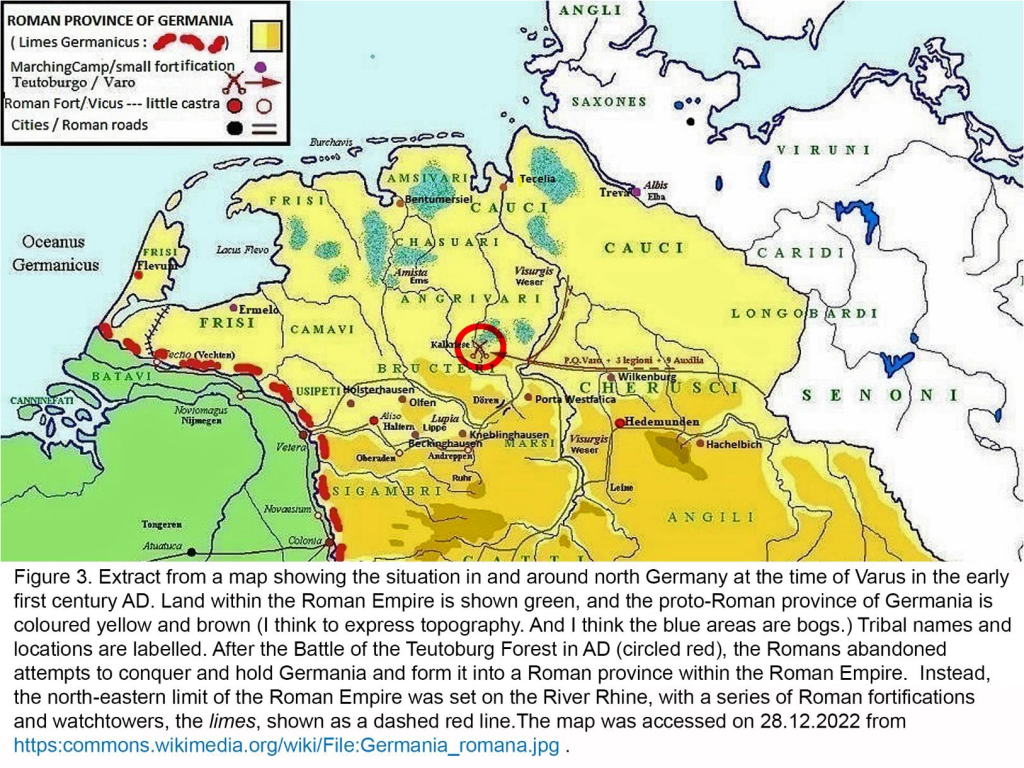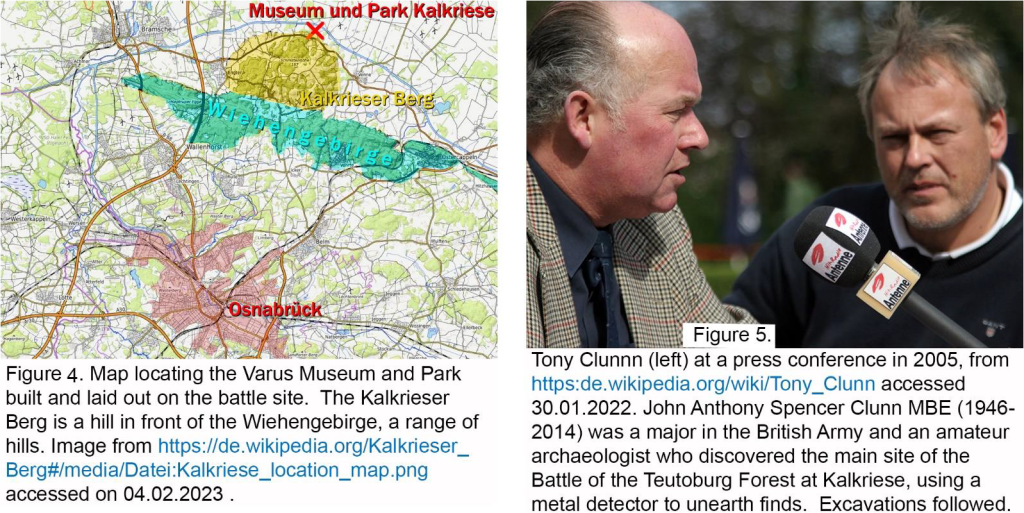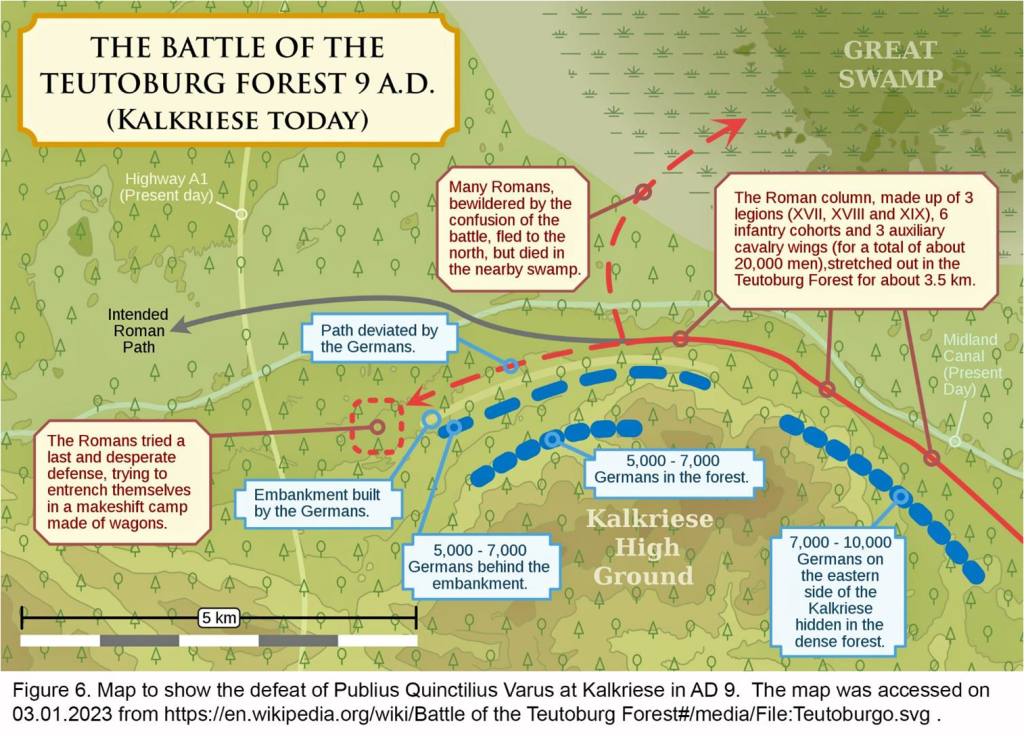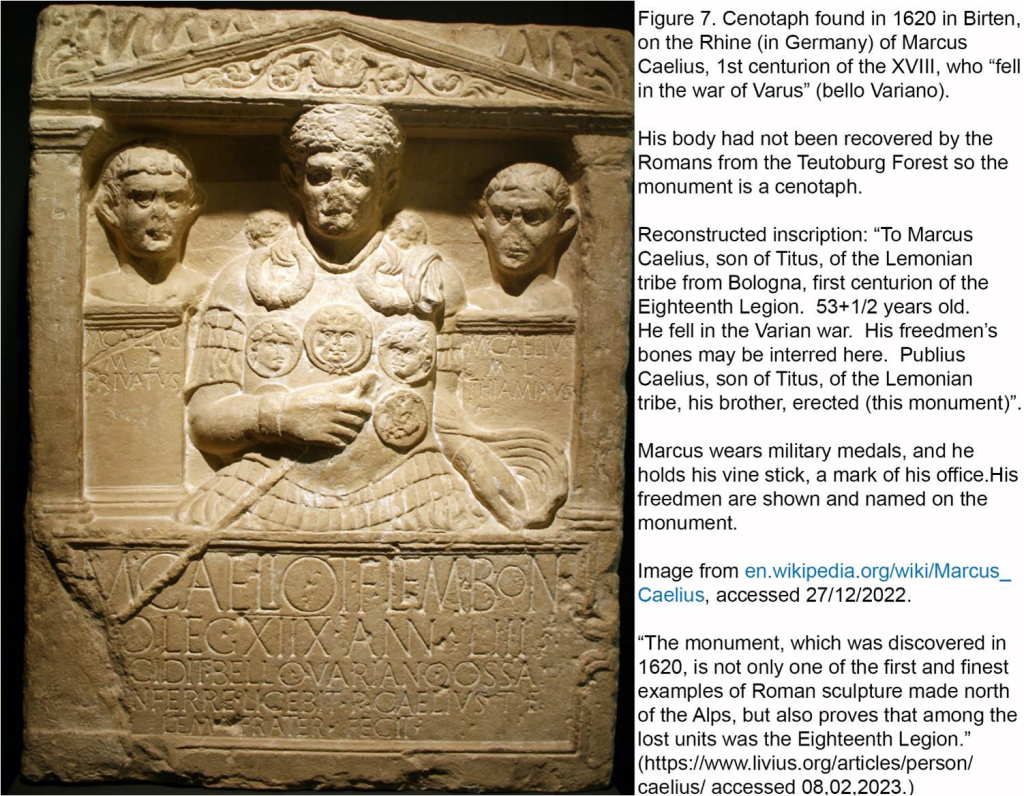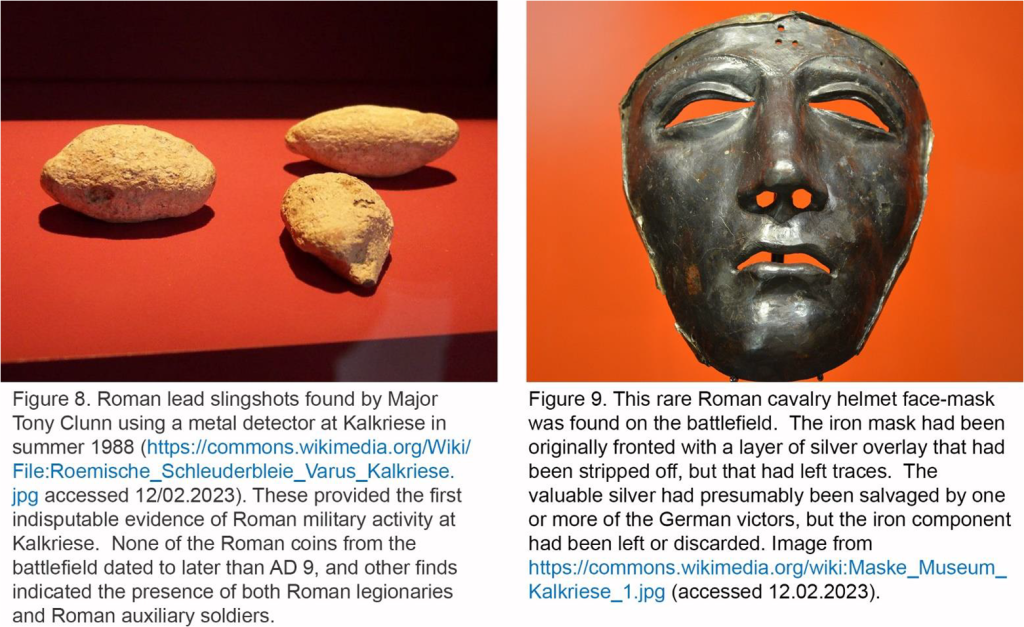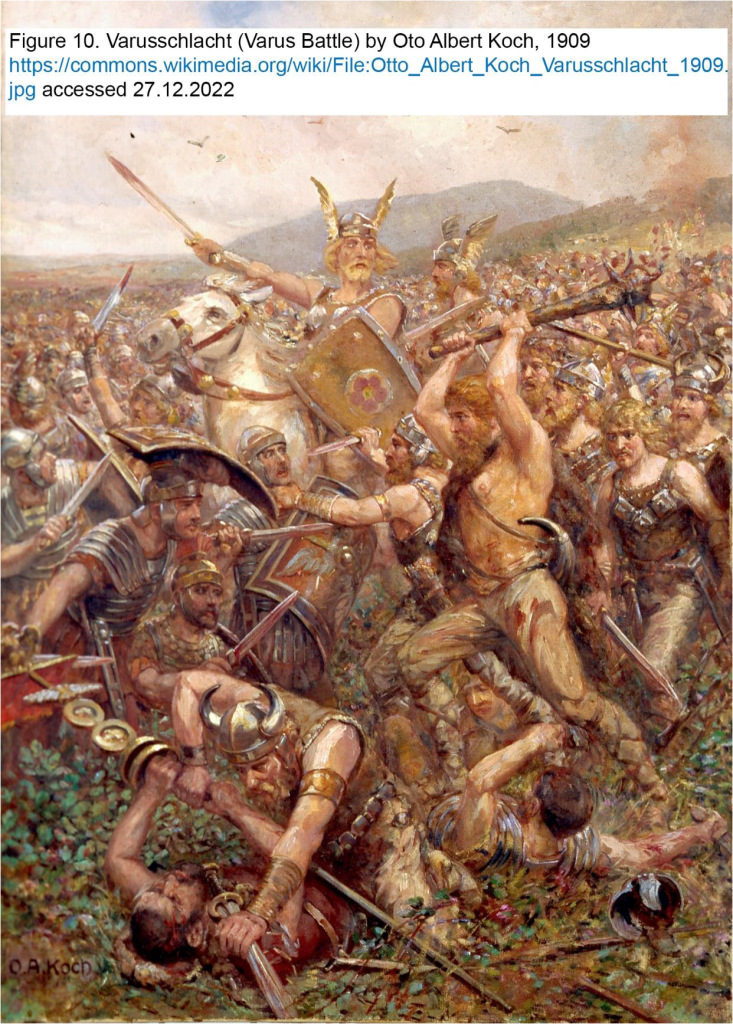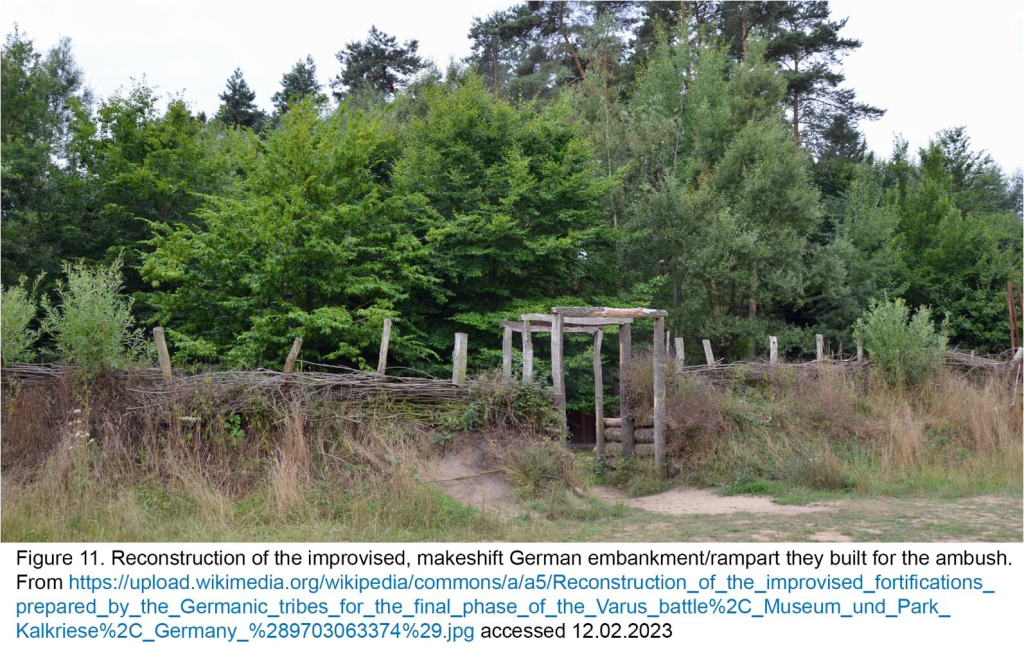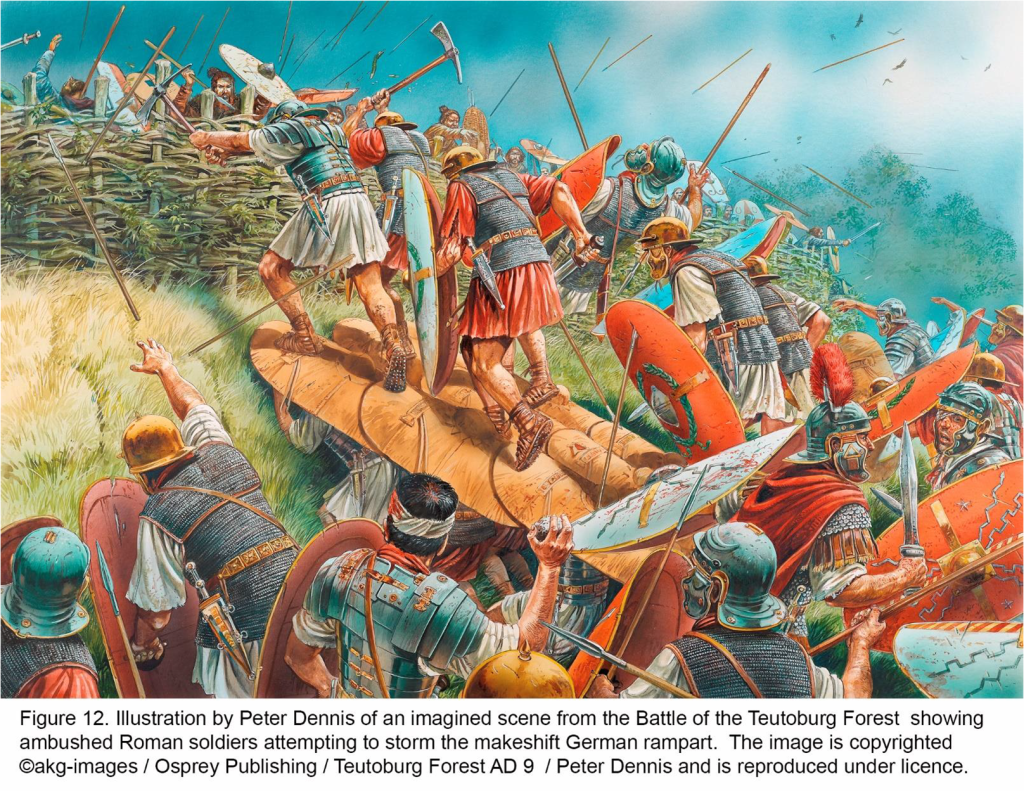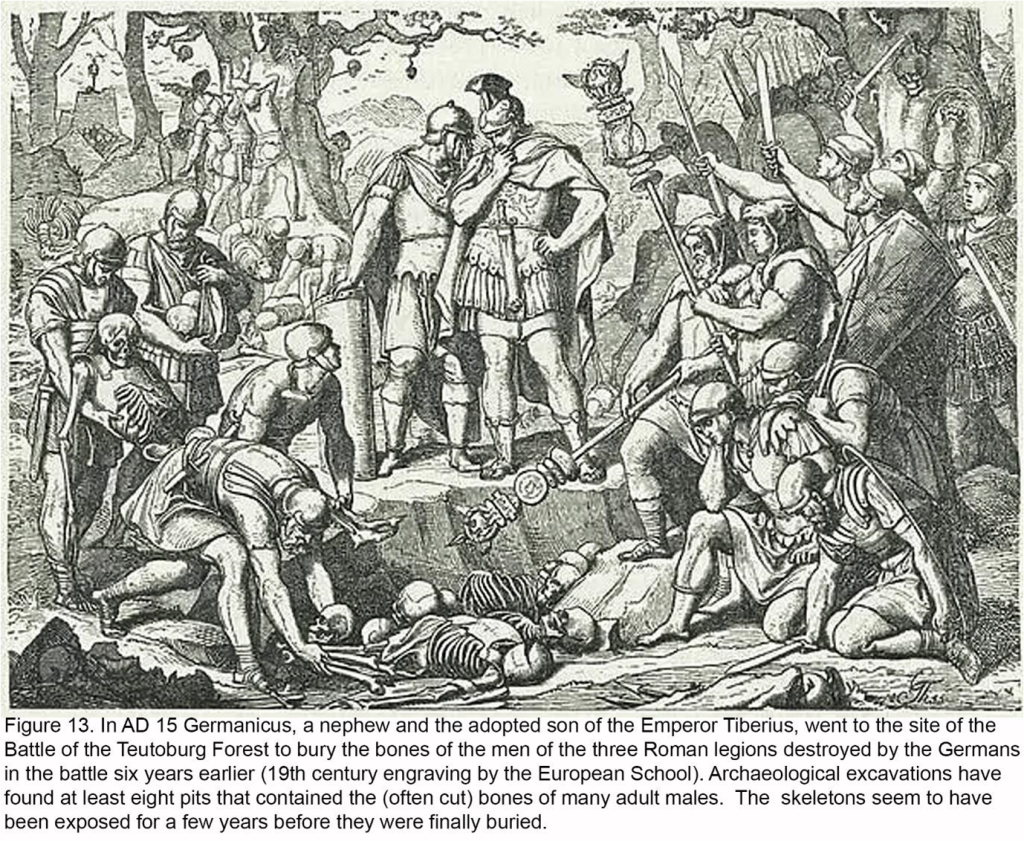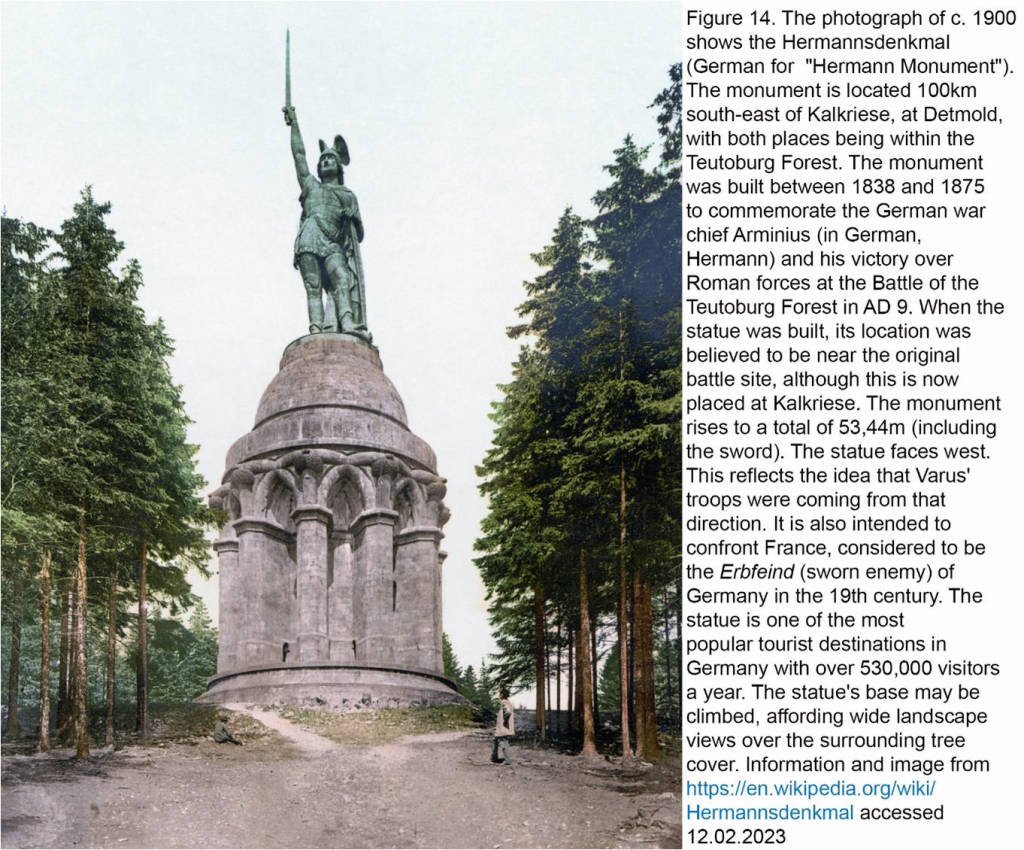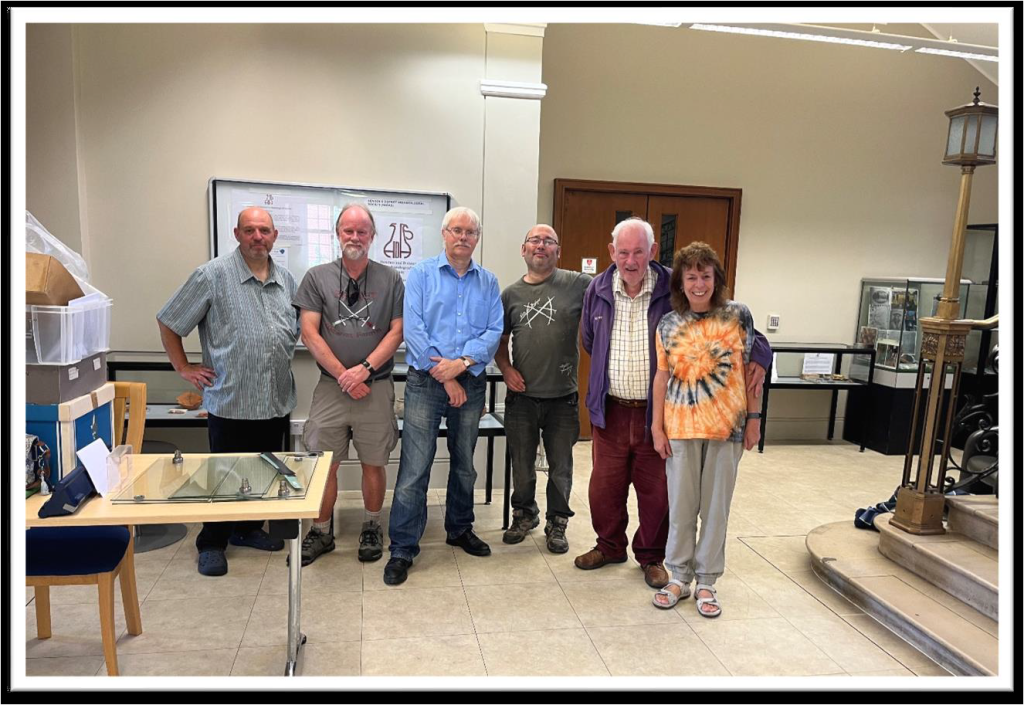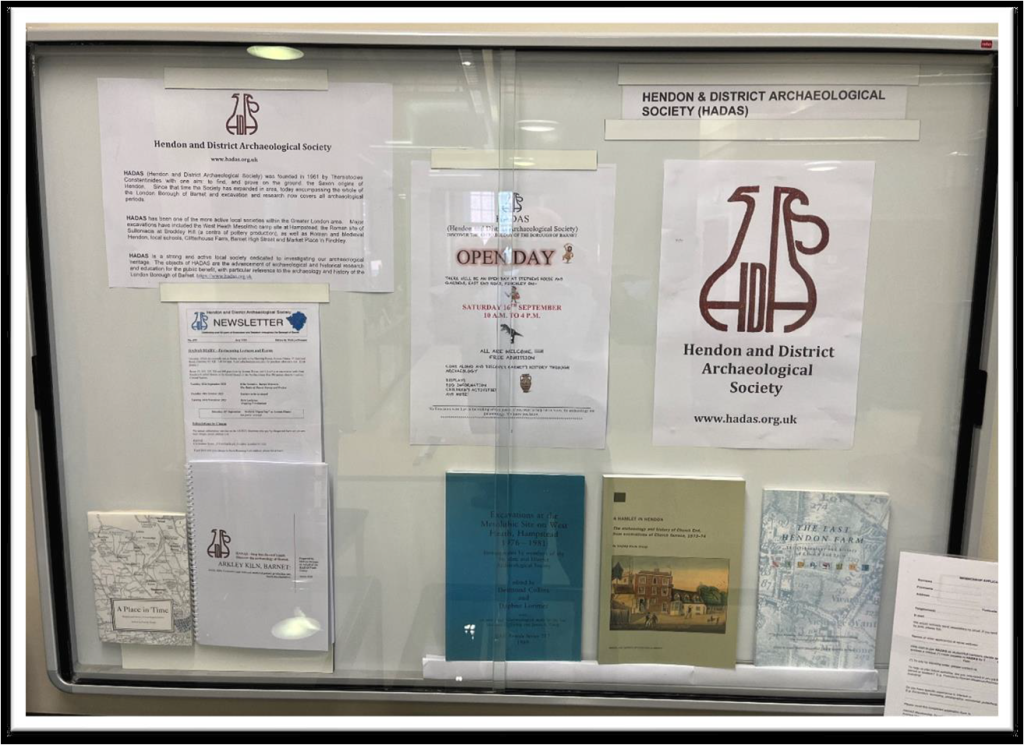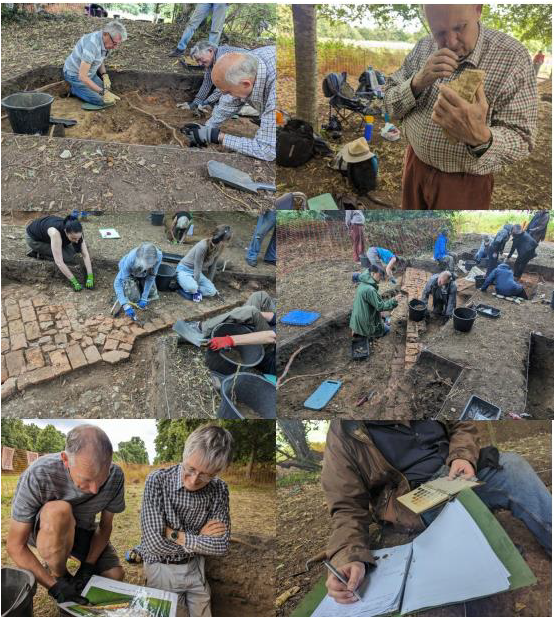
No. 639 June 2024 Edited by Dudley Miles
HADAS DIARY – Forthcoming Lectures and Events
Lectures are normally face-to-face, though lectures in winter may be on Zoom. Lectures are held in the Drawing Room, Avenue House, 17 East End Road, Finchley N3 3QE, 7.45 for 8pm. Buses 13, 125, 143, 326 and 460 pass close by, and it is a five to ten-minute walk from Finchley Central Station on the Barnet Branch of the Northern Line. Bus 382 also passes close to Finchley Central Station. Tea/Coffee/biscuits are available for purchase after the talk.
STOP PRESS
We have been advised that that Barnet Medieval Festival scheduled for 8th/9th June has been postponed because of unsafe ground conditions. It is hoped to reschedule for later in the year
Tuesday 11 June 2024
HADAS Annual General Meeting.
PLEASE NOTE EARLY START TIME: 7.30
Your chance to let us know how we are doing and what you would like us to do for you. The meeting will be followed by a talk on Clay Pipes by our President, Jacqui Pearce. Members will receive reports and information about the meeting. Still time for nominations and resolutions.
Tuesday 12 September 2024
Wendy Morrison, Chilterns Heritage & Archaeology Partnership (CHAP)
Beacon of the Past Hillforts Project
Announcement Don Cooper
After many years in gestation, we are proud to announce that the latest book to be produced under the auspices of HADAS has now been published (see cover photo next page). This covers Phase II of the excavation of the Mesolithic site on West Heath, Hampstead, the final excavation between 1984 and 1986.
The book, written by Myfanwy Stewart, tells the story of the second excavation. Myfanwy spent many hours re-analysing all the finds found and reprocessing them into a coherent book. She is to be congratulated that all her hard work has produced this fine volume. A full review will be produced in due course.
Copies of the book will be available to members at lectures and at the AGM.
1
Phase 1 was published in 1989 and dealt with the excavation in 1976-1981. (Desmond Collins and Daphne Lorimer (1989). Excavations at the Mesolithic Site on West Heath, Hampstead 1976-1981. Oxford: International Archaeological Reports, British Series 217).
2
Claigmar Vineyard in Finchley: Commercial Grape Growing in the Nineteenth and Early Twentieth Centuries. Part 1 (1) Dudley Miles
Mr Kay’s vineyard is a thing to see and dream of (2)
Abstract
There were many market gardens in Middlesex in the nineteenth century, one of which was founded by Peter Kay in the 1830s or early 1840s in Ballards Lane in Finchley. His Black Hamburgh vine was often praised by horticulturalists. His son, Peter Edmund Kay, built up a large-scale business in the late nineteenth century called Claigmar Vineyard, producing table grapes, cucumbers and tomatoes in greenhouses, in Church End, Finchley. In 1889 he incorporated the business as P. E. Kay Limited. Between the 1880s and 1900s Kay was one of the most respected horticulturalists in Britain, and he was one of the inaugural recipients of the Royal Horticultural Society’s most prestigious award, the Victoria Medal of Honour (V.M.H.) in 1897. His Canon Hall Muscat grapes were especially admired.
In the 1900s the company’s financial reputation appears to have declined, and according to an obituary Kay had a technical problem with his affairs. He suffered from increasing ill health in his last years and resigned as a director in 1906 or 1907. He died in 1909, aged 56. The business carried on after his death, but it was unable to pay dividends to holders of ordinary shares, and the land was far more valuable for housing. The property was gradually sold off for building in the 1920s. An associated company, Mill Hill Vineyard Limited, carried on until the early 1930s. Kay’s elder son, Peter Crichton Kay, became a leading figure in the large-scale production of cut flowers, and he was awarded his own V.M.H. in 1951.
Introduction
In a survey of fruit production in greenhouses in the Journal of the Royal Agricultural Society in 1899, William Bear estimated that in the 1860s, commercial greenhouses covered around 100 acres in England, whereas by the end of the century it was around 1,100 acres, of which 350 acres were devoted to table grapes. (3) In the mid-nineteenth century the best grapes sold at Covent Garden were mainly sent by private establishments, but over the next twenty to thirty years a sharp decline in prices and improvements in the quality of grapes produced by commercial growers largely drove out the amateurs. (4) In 1892, Archibald Barron wrote in the third edition of his Vines and Vine Culture, the standard work on grape growing in Britain:
The extraordinary increase in the cultivation of grapes for sale or market purposes, and the rapid development of the trade in this fruit during the past few years, is altogether of a very remarkable character. No other fruit, excepting the tomato, has ever advanced so rapidly into popularity and general use. A few years ago, grapes could only be obtained by the wealthy in small quantities, and at high prices; ________________________
(1) This article was first published in the February 2024 issue of The Local Historian. It was a shortened version due to the journal’s size limitations. The full article will be printed in the HADAS newsletter in instalments over the next few months. I should like to thank Hugh Petrie, Barnet Council Heritage Development Officer, for his assistance.
(2) ‘The Judges at the International Horticultural Exhibition’, The Gardening World, 3 December 1892, p. 212
(3) William E. Bear, ‘Flower and Fruit Farming in England. IV. Fruit Growing under Glass’, Journal of the Royal Agricultural Society of England, Third Series, vol. 10, 1899, pp. 267-313 at 268 and 272. Fruit was taken to include tomatoes and cucumbers.
(4) Archibald Barron, Vines and Vine Culture, Journal of Horticulture, 3rd ed., 1892, p. 90
3
Now they form a staple article of commerce, and may be obtained in abundance and at a moderate price in all parts of the country, and at all seasons. (5)
A key factor in the explosive growth in commercial grape growing was the popularity of tomatoes, which could be grown during the two or three years when the vines were becoming established, and thus provide an immediate return on the expense of constructing greenhouses. (6) Barron stated in the second edition of his book in 1887 that total grape production in England was nearly 400 tons, and this was outstripped by the supply from the Channel Islands, which increased from 50 tons in 1876 to over 500 tons in 1886. Most of the supply from both sources was handled by one wholesaler, George Monro of Covent Garden. (7) The largest English producer was Philip Ladds of Bexley Heath, whose crop in 1886 was 30 tons, and Barron listed Peter Edmund Kay of Finchley at the head of the second rank. (8) By the time of Barron’s third edition in 1892, there had been a further dramatic increase in production, and Messrs Rochford of Cheshunt ranked top with vines to produce around 300 tons a year when they became fully mature. (9) Bear estimated English grape production in 1899 at 4,200 tons. (10) After 1900, the supply declined as many vines were rooted up in favour of tomatoes. (11)
Prices of grapes varied greatly depending on their variety and condition, and on the time of year, but in the middle of the nineteenth century growers could get £1 to £1.50 a pound for some varieties. (12) In 1887, Barron commented that average prices had declined 25% to 50% over the last ten years, but commercial growers were not distressed as it was better to sell a ton of grapes at two or three shillings a pound than a few hundred pounds at ten or twenty shillings. (13) In 1899 Kay said that prices had declined by two-thirds over the last ten years. (14) Market gardeners had become pessimistic about the prospects of the hot-house fruit industry. Too many glasshouses were being built, which would push the prices down further. James Sweet of Whetstone, who trained more apprentices than any other nurseryman, observed that most of them had unsuccessfully attempted to build a business and had left the industry. Foreign competition in grapes was becoming a more serious threat, particularly from Belgium, partly due to an increased French tariff on Belgian produce, resulting in a diversion of supply to the London market. Sweet told a story of a young Belgian who had visited his nursery and asked him when the English were going to give up growing grapes for market. When asked why he thought that Belgian growers would drive their English rivals out of business, he said that it was due to their lower labour costs, including the employment of children. (15) Kay said in 1903 that vanloads of good quality grapes sent to Covent Garden fetched an average of 10d a pound. (16)
_________________________
(5) Barron, Vines and Vine Culture, 3rd ed., p. 89; Journal of Horticulture and Cottage Gardener, 22 September 1892, p. 265
(6) Barron, Vines and Vine Culture, 3rd ed., p. 89
(7) Barron, Vines and Vine Culture, 2nd edition, 1887, pp. 88-89. In the second edition Barron states that the totals for the Channel Islands are according to official figures, but in the third edition he specifies that they are for shipments through Southampton (2nd edition, p. 89; 3rd edition, p. 90). Channel Islands production appears to have only increased marginally after 1886. Barron does not give a later total figure, but he says that the quantity handled by Monro increased from 300 tons in 1886 to 350 tons in 1899 (3rd edition, p. 90; 4th edition, p. 99).
(8) Barron, Vines and Vine Culture, 2nd ed., 1887, pp. 88-89.
(9) Barron, Vines and Vine Culture, 3rd ed., pp. 89-90
(10) Bear, ‘Fruit Growing under Glass’, p. 272
(11) Barron, Vines and Vine Culture, 5th ed., 1912, p. 99. Barron died in 1903 and the 1912 edition was produced by his widow.
(12) ‘Notable Nurseries: The Claigmar Vineyards at Finchley Five Miles of Glass. Grape Growing by the Ton. A Chat with Mr P. E. Kay V.M.H.’, The Market Growers’ Gazette, 22 July 1903, pp. 370-72 at 371
(13) Barron, Vines and Vine Culture, 2nd ed., p. 89
(14) Quoted in Bear, ‘Fruit Growing under Glass’, p. 277
(15) Bear, ‘Fruit Growing under Glass’, pp. 279-81, 286, 310-11
(16) ‘Notable Nurseries: The Claigmar Vineyards at Finchley’, p. 371
4
Since the 1820s, market gardens had gradually been pushed further and further from London as land became more valuable for building in each area, (17) and an increase in the late nineteenth century in Finchley from £200 to £1000 an acre had made starting a new commercial nursery in the area uneconomic. Kay said that all the principal growers around London had been well trained by their fathers and had kept up with modern improvements. (18) However, it was an advantage for the leading growers to be close enough to London to send grapes by van (horse cart), because they arrived in better condition than those sent by rail, (19) while rail transport meant increased handling costs. (20)
Peter Kay senior and the Ballards Lane nursery
Peter Kay senior was born in Fifeshire in Scotland in about 1814, the son of John Kay, a general merchant, and probably moved to Finchley in the 1830s. In 1841 he was living in Ballards Lane, Church End, Finchley. In the 1830s or early 1840s he established a market gardening business growing flowers and fruit, where he was joined by his younger brother and business partner, John. (21) The business was probably located from the start on the site which was the freehold property of Peter Kay by the mid-1850s in Ballards Lane, next to the Joiners Arms public house and now occupied by a Tesco supermarket. (22) He was one of the first nurserymen to grow grapes commercially in the northern home counties, and he was awarded prizes for them at horticultural shows. (23) His Black Hamburgh vine, planted in March 1856, achieved a wide fame. It was laid horizontally in a greenhouse, and by 1866 it was 18 feet wide in five main branches and 89 feet long. In 1872, a gardening magazine described it as ‘the noblest vine that we know of within easy reach of London…far before either the Cumberland Lodge or the Hampton Court vines…a far more creditable specimen than any large vine we have ever seen’. Another admirer declared that it was worth a day’s march to inspect it. (24) In 1903, forty years after his death, a correspondent to the Gardeners’ Chronicle observed that much had been written about the late Mr Kay’s vine, which was still producing a full crop of grapes, but that it would soon have to give way to ‘the ubiquitous builder’. (25)
_____________________________________
(17) L. G. Bennett, The Horticultural Industry of Middlesex, University of Reading, Department of Agricultural Economics, 1952, pp. 10-12; Richard Perren, ‘The Marketing of Agricultural Products: Farm Gate to Retail Store’, in E. J. T. Collins ed., The Agrarian History of England and Wales, vol. VII 1850-1914, part II, 2000, Cambridge University Press, pp. 953-98 at 969; ‘Notable Nurseries: The Claigmar Vineyards at Finchley’, p. 371
(18) ‘Notable Nurseries: The Claigmar Vineyards at Finchley’ p. 371
(19) Barron, Vines and Vine Culture, 3rd ed., p. 89
(20) Perren, ‘The Marketing of Agricultural Products’, pp. 968-69
(21) Peter Kay, Ballards Lane, 1841 and 1851 Censuses; Church of England Marriages and Banns, Marriage of Peter Kay to Mary Ann Aedy at St Mary’s, Finchley, 12 February 1850; ‘Kay, Peter, Nursery & Seedsman’, Post Office Directory of the Nine Counties, Kelly & Co, 1845, p. 431; Kay, Peter, ‘nurseryman & florist, Ballards Lane’, Post Office Directory of the Six Home Counties, Kelly & Co, 1855, p. 577; Probate Registry, will and grant of Peter Kay, dated 5 August 1862. In Peter Kay’s will, signed on the day that he died, he stated that the business was a partnership with his brother. He may have only entered the partnership towards the end of his life as the business was always shown in directories, and in prizes at horticultural shows, as Peter Kay, and the freehold property was in his sole name.
(22) ‘Mrs Kay’s Nursery’ (adjacent to the Joiners’ Arms in Ballards Lane in street directory), The Barnet, Finchley, Hendon, & District Directory for 1886-1887, Hutchings & Crowsley, p. 97. Directories before 1855 do not give the locations of businesses. Kay’s nursery is listed in Ballards Lane from 1855, but the precise location in Ballards Lane is not given until 1886. However, the survival of Kay’s Black Hamburgh vine planted in 1856 for over forty years shows that the nursery was in the same location from that time.
(23) ‘Notable Nurseries: The Claigmar Vineyards at Finchley’, p. 370; ‘Crystal Palace Flower Show’, Morning Chronicle, 1 June 1857, p. 6; ‘Flower Show at the Crystal Palace’, The Times, 8 September 1858, p. 9. Other pioneers of commercial grape growing included the father of Messrs Rochford and the father of George Monro of Covent Garden (‘Notable Nurseries: The Claigmar Vineyards at Finchley, p. 370).
(24) The Garden, 10 August 1872, p. 120; John Edlington, Nottinghamshire Guardian, 17 August 1866, p. 10. See also Barron, Vines and Vine Culture, 1st ed., 1883, p. 190.
(25) Gardeners’ Chronicle, 10 January 1903, p. 29
5
Ordnance Survey Mid-Finchley maps, 26 inches to a mile, reduced to c. 8 inches to a mile
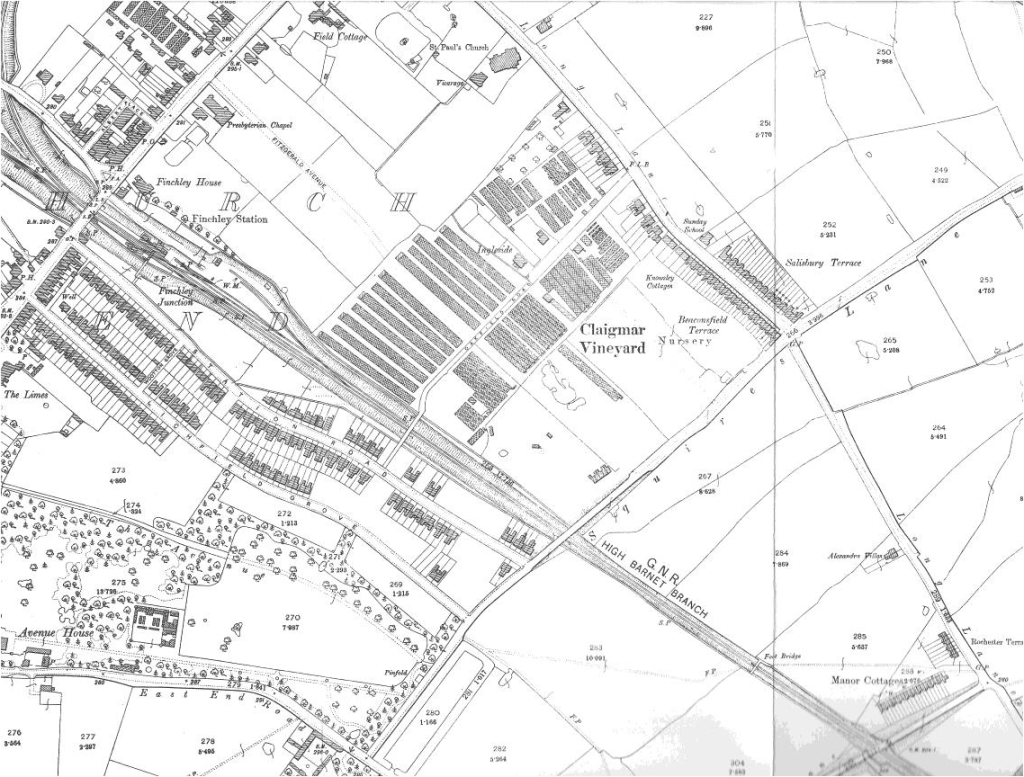
6
OTHER SOCIETIES’ EVENTS Eric Morgan
Not all societies or organisations have returned to pre-covid conditions, please check with them before planning to attend.
Sunday 16 June, 1-4 pm. Coppetts Wood Festival, Coppetts Wood Local Nature Reserve. Entrances in Colney Hatch Lane N11 3HQ and Nursery Approach, off Porters Way N12 0RF. Lots of stalls including Finchley Society, Arts and Crafts, Music, Food and Drink. Free admission.
Tuesday 18 June, 6.30 pm. Eclectic Tours. Colindale Library, Bristol Avenue (Formerly Lanacre Avenue) Grahame Park, London NW9 4BR. Lost Architecture in Colindale. Talk by Lisa Lu. Part of London Festival of Architecture. Free. Register via Colindale Library at colindale.library@barnet.gov.uk.
Friday 21 June, 7 pm. COLAS. St Olave’s Church, Hart Street, London EC3R 7NB. Archaeologists on Page, Stage and Screen by Signe Hoffos (Colas). Talk also on Zoom – book via Eventbrite. Visit www.colas.org.uk. HADAS may send out link details to its members. Visitors £3 at the church.
Saturday 22 to Sunday 30 June, Proms at St. Jude’s Music and Literary Festival. Central Square, Hampstead Garden Suburb, London NW11 7AH. Including Talks and Heritage Walks. For full details of everything please visit www.promsatstJudes.org.uk. Each walk must be booked in advance.
Sunday 23 June to Sunday 7 July Hampstead Summer Festival, including Hampstead’s Art Street, colourful canvas murals along the walls of Keats Grove, London. NW3 2RS. Painted by local artists. Sunday 23 June 12-5 pm, Art Fair in Keats House Garden, 10 Keats Grove, London NW3 2RR. Art Marquee, Food and Wine, Craft stalls. Free admission. Please check website on www.hampsteadsummerfestival.com for latest info and ticket links.
Sunday 7 July, 10.30 am. Heath and Hampstead Society. Constable and Hampstead. Walk led by Suzanne Grundy. Lasts approximately 2 hours. Meet at Spaniard’s End (By Flower Stall) and Cattle Trough near Spaniard’s Inn, Spaniard’s Road, London NW3 7JJ. Ends at St. John’s Hampstead Parish Church, Church Row, London. NW3 6UU. Donation £5. Please contact Thomas Radice on 07941 528034 or email hhs.walks@gmail.com or visit www.heathandhampstead.org.
Sunday 7 July, 12-5 pm. Hampstead Summer Festival Fair in Heath Street. Over 100 stalls of craft, food and drink. Music. Free.
Sunday 7 July to Sunday 21 July. Enfield Archaeological Society. Elsyng Palace Excavation in the grounds of Forty Hall, Forty Hill, Enfield. EN2 9HA. To join the Dig please contact research@enfarchsoc.org or visit www.enfarchsoc.org/dig. There is an OPEN DAY 11 am. – 4 pm. on Sunday 13 July for members of the public. COLAS will also be visiting.
Monday 8 July 7.30 pm. Barnet Museum and Local History Society, St. John the Baptist Church, Chipping Barnet, Corner High Street/Wood Street, Barnet, EN5 4BW. What Medieval Women Wore. Talk by Kathleen Alston-Cole. See www.barnetmuseum.co.uk.
Tuesday 9 July, 7 pm. Camden History Society. St John’s Hampstead Parish Church, Church Row, London NW3 6UU. AGM. Followed by the History and Social Role of the Camden New Journal. Talk by Dan Carrier. Wine and soft drinks 6.30 pm – 7 pm. Visit http://www.camdenhistorysociety.org.
Tuesday 9 July, 7.45 pm. Amateur Geological Society. Finchley Baptist Church Hall, 6 East End Road/Corner of Stanhope Avenue, London N3 3LX. (almost opposite Avenue House). Geophysical Surveying in Africa. Talk by Roger May. Full details on www.amgeosoc.wordpress.com.
Saturday 13 July to Sunday 28 July. CBA Festival of Archaeology. For more info about events visit https://www.archaeologyuk.org/festival.html.
Friday 19 July, 7 pm. COLAS. Address as for 21 June. Also on Zoom, 81, Newgate Street – The Former G.P.O. site re-visited. Talk by Kathy Davidson, Pre-Construct Archaeology (PCA). Please book
7
via Eventbrite. See www.colas.org.uk. HADAS may send out link details to its members. One of the stand out excavations within the City by the Department of Urban Archaeology in the 1970’s. Some recent building extension works have taken place and the PCA team led by the speaker excavated the surviving Medieval and Roman Archaeology. Human Remains were discovered in an unexpected location, plus significant signs of iron working.
Friday 19 July, 7 pm. Wembley History Society. St Andrew’s Church Hall (behind St. Andrew’s New Church) Church Lane, Kingsbury, London. NW9 8RZ. Tripping Up Everest. Talk by Lester Hillman in the Centenary Year of Mallory’s Expedition. Visitors £3. Refreshments to be available.
Saturday 27 July. Colas at Greenwich Park. CBA Festival of Archaeology Event. By General Wolfe Statue celebrating the Greenwich Park restored Project. For more information see www.archeologyuk.org/festival.html.
________________________________________________________________________________________________________________
With many thanks to this month’s contributors: Don Cooper, Dudley Miles, Eric Morgan
________________________________________________________________________________________________________________
Hendon and District Archaeological Society
Chairman Don Cooper, 59, Potters Road, Barnet EN5 5HS (020 8440 4350)
email: chairman@hadas.org.uk
Hon. Secretary Janet Mortimer, 34, Cloister Road, Childs Hill, London NW2 2NP
(07449 978121) email: secretary@hadas.org.uk
Hon. Treasurer Roger Chapman, 50, Summerlee Avenue, London N2 9QP (07855 304488)
email: secretary@hadas.org.uk
Membership Sec. Jim Nelhams, 61, Potters Road Barnet EN5 5HS (020 8449 7076)
email; membership@hadas.org.uk
Website at: www.hadas.org.uk – join the HADAS email discussion group via the website.

